
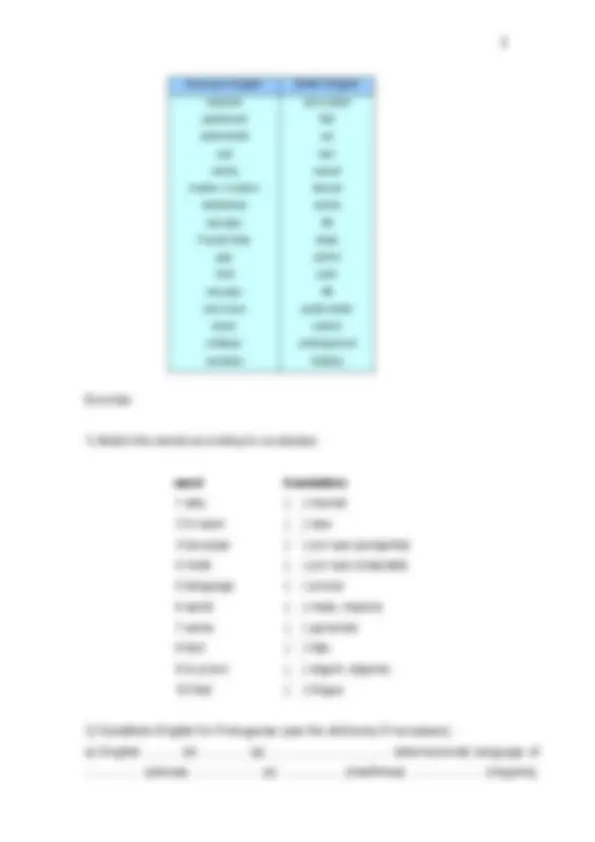

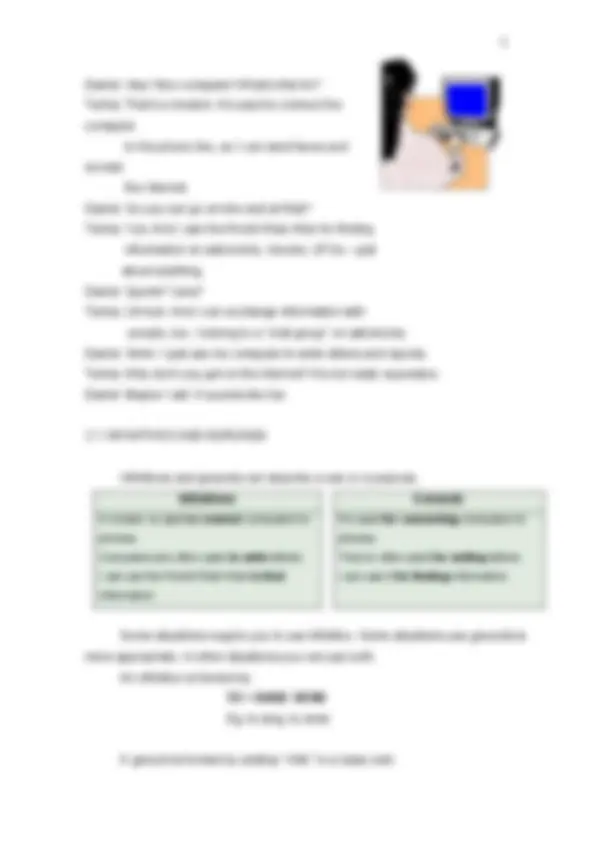
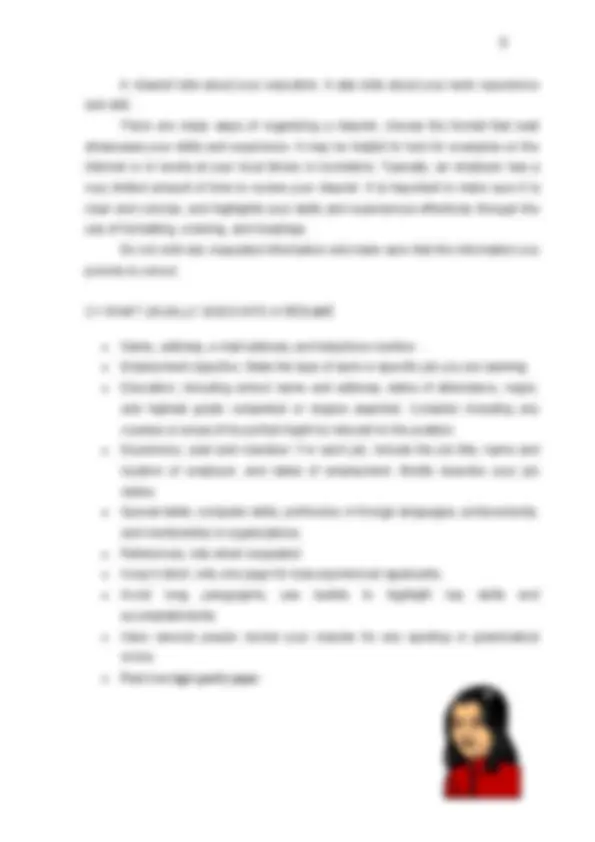
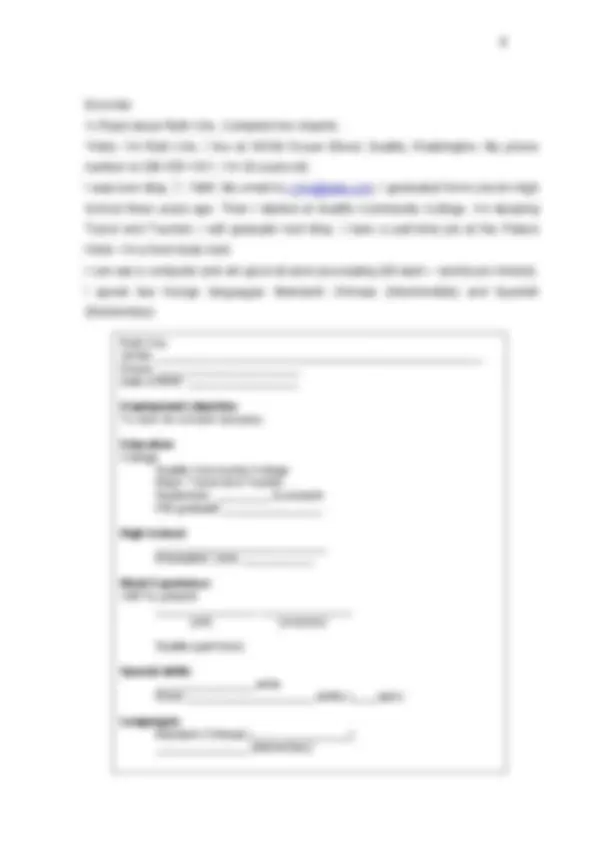
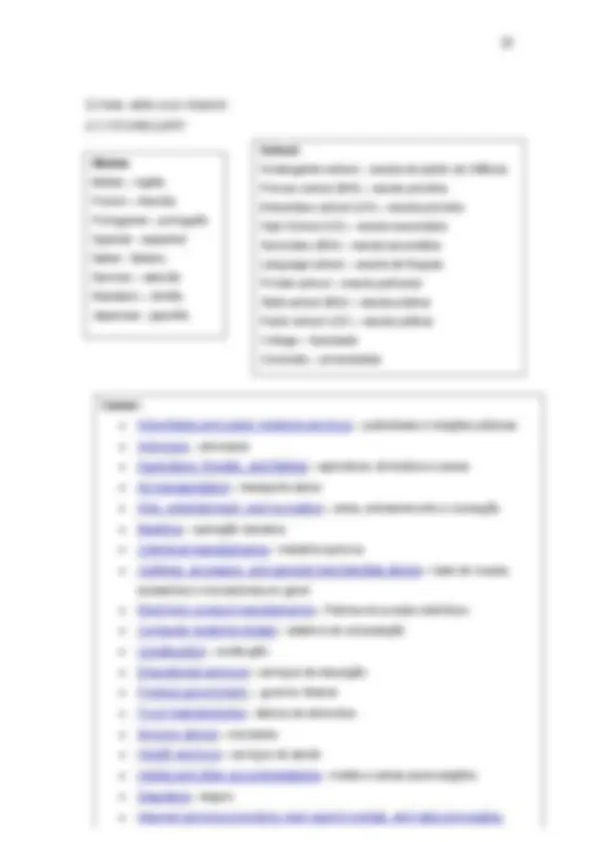
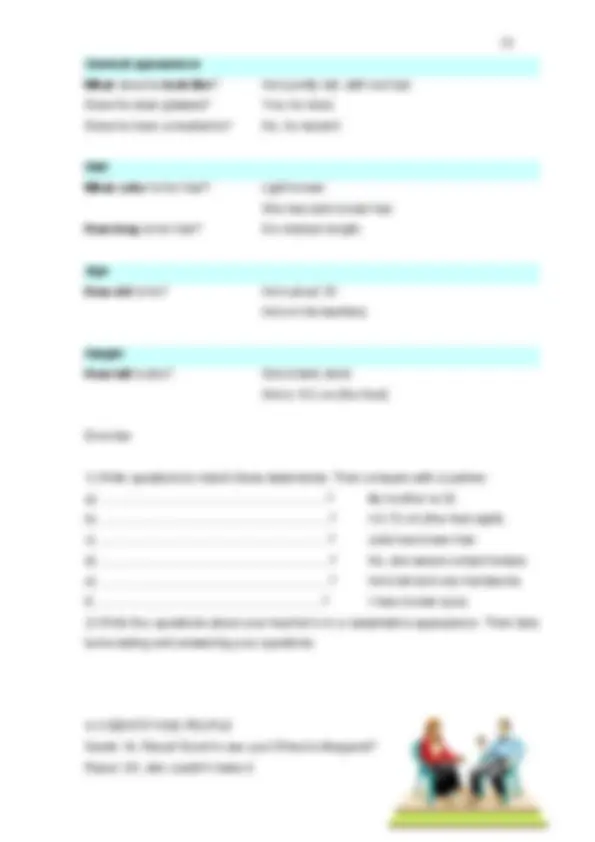
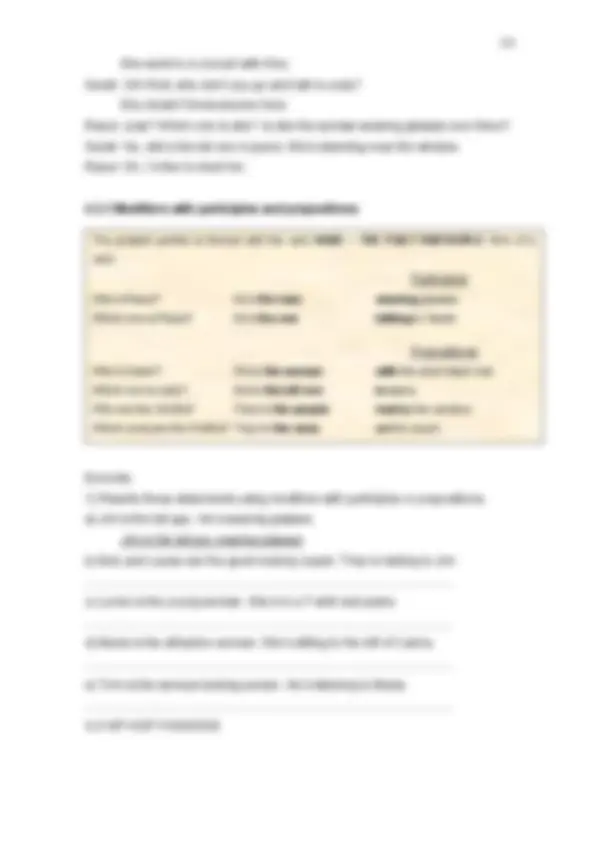
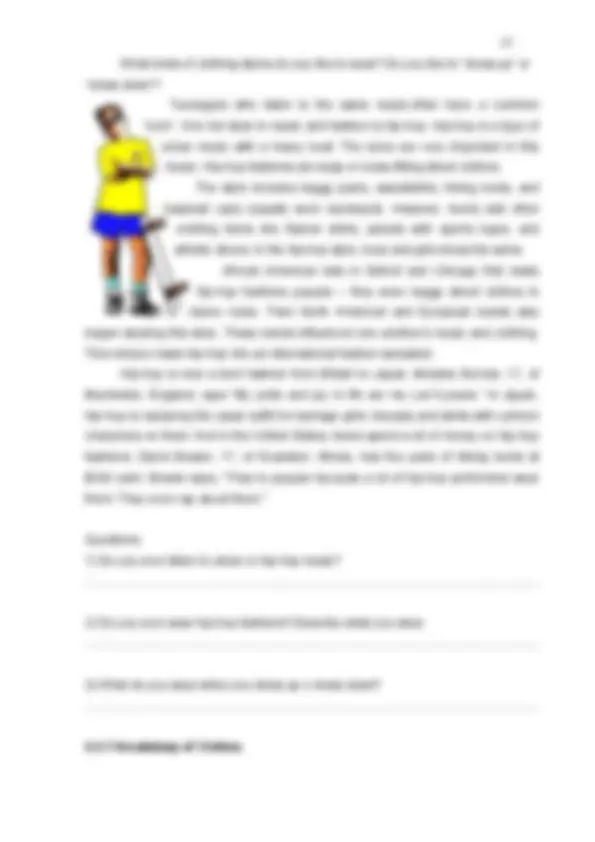
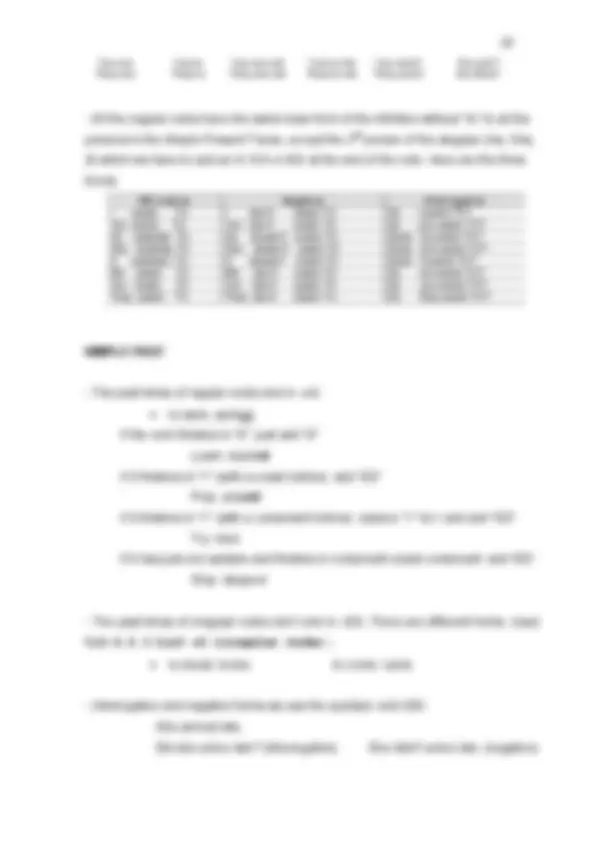
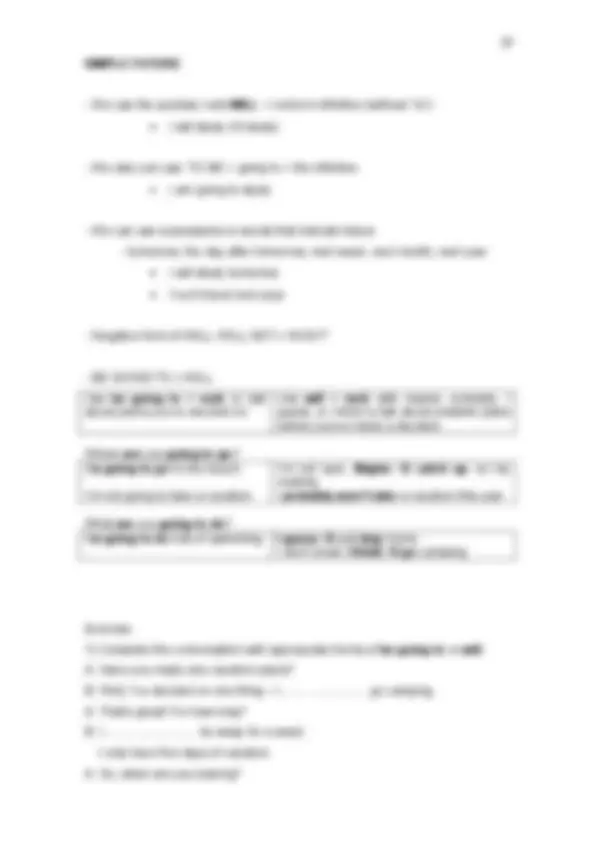
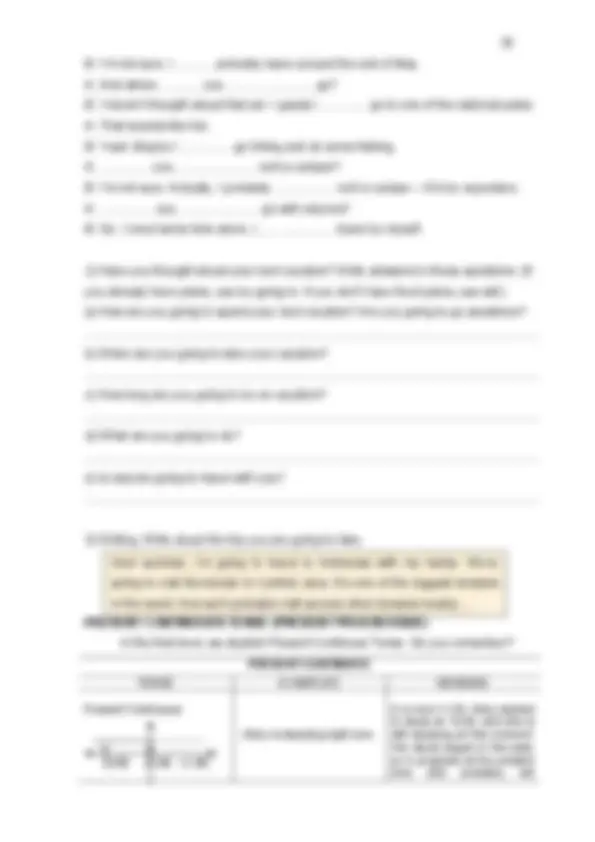
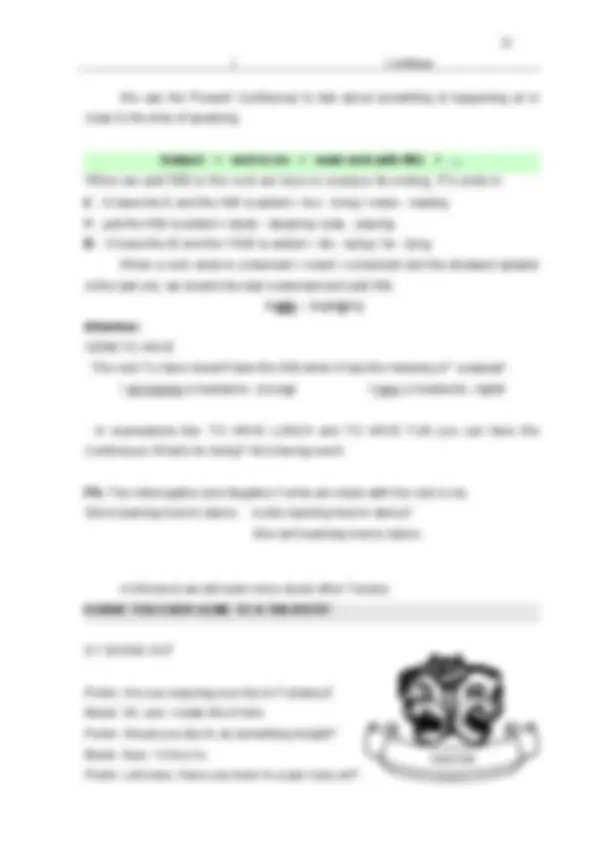
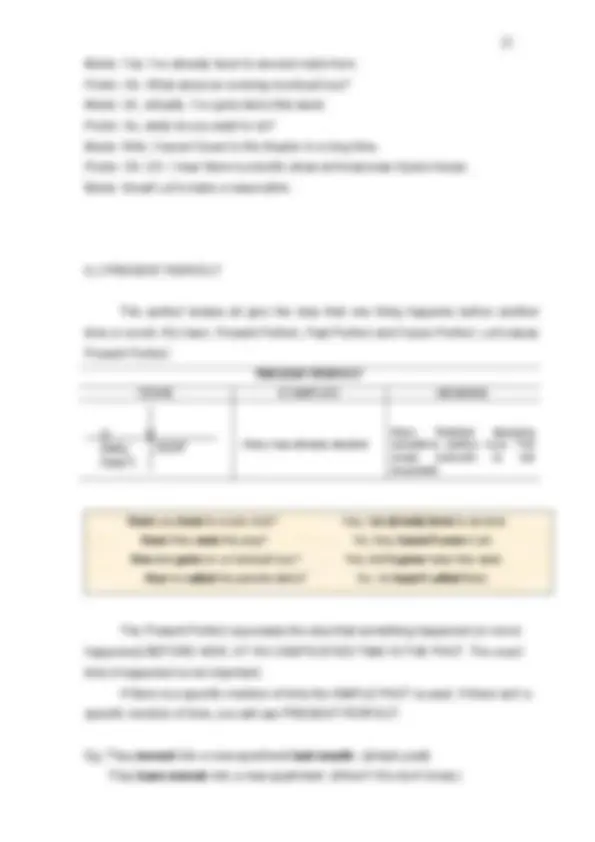
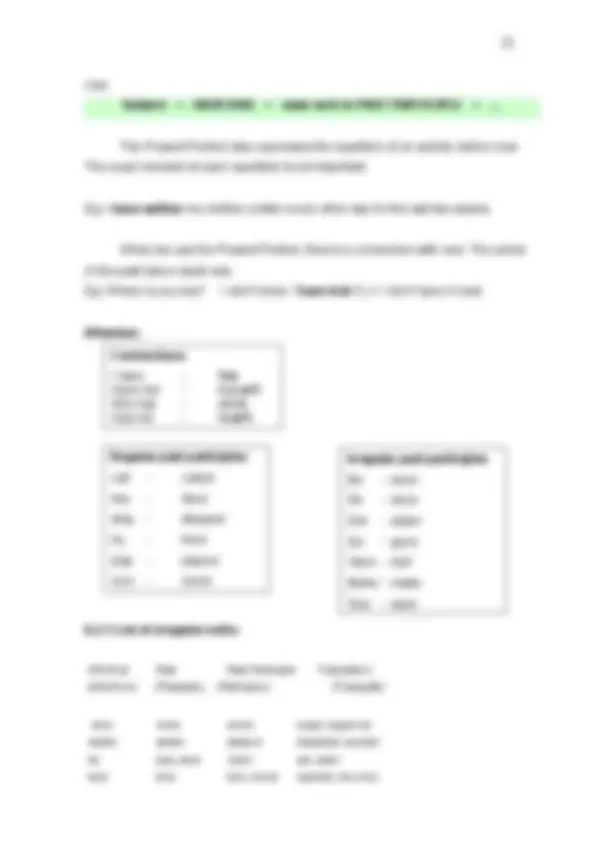
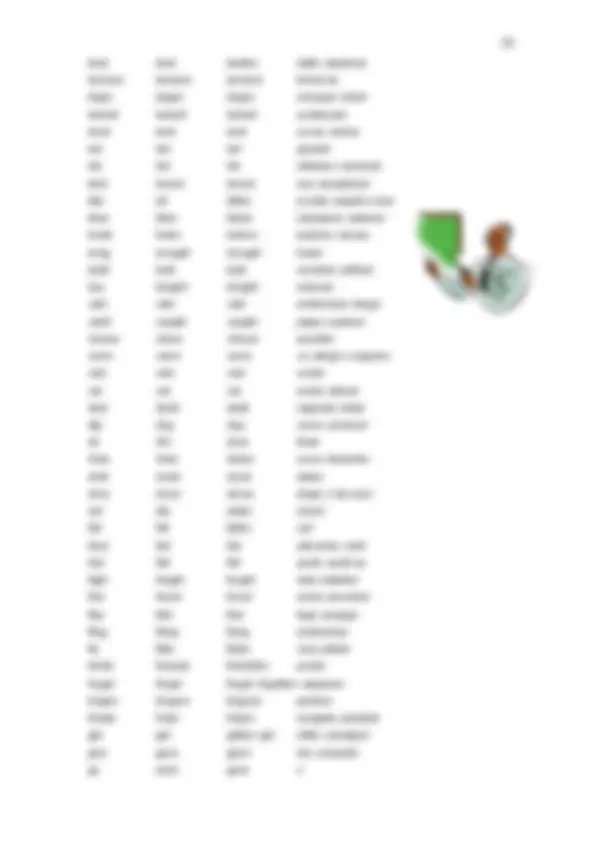
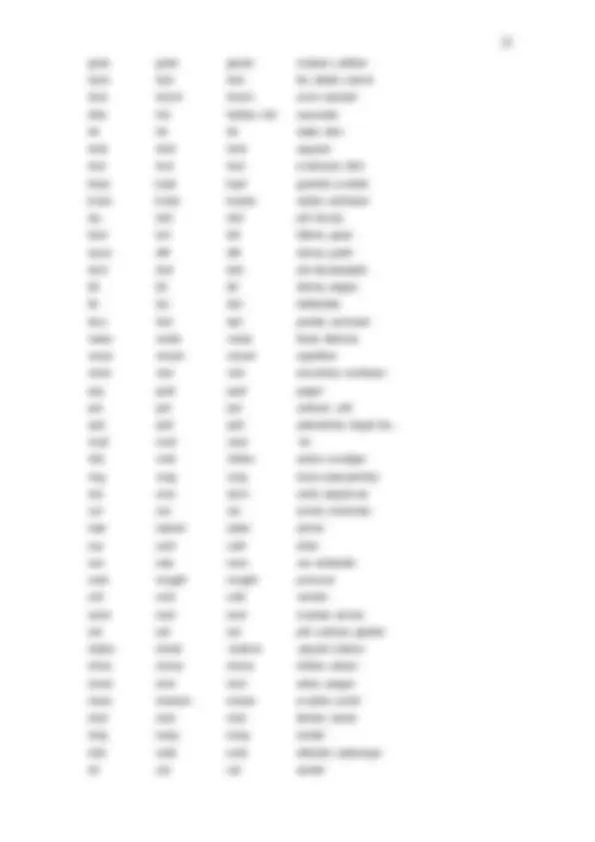
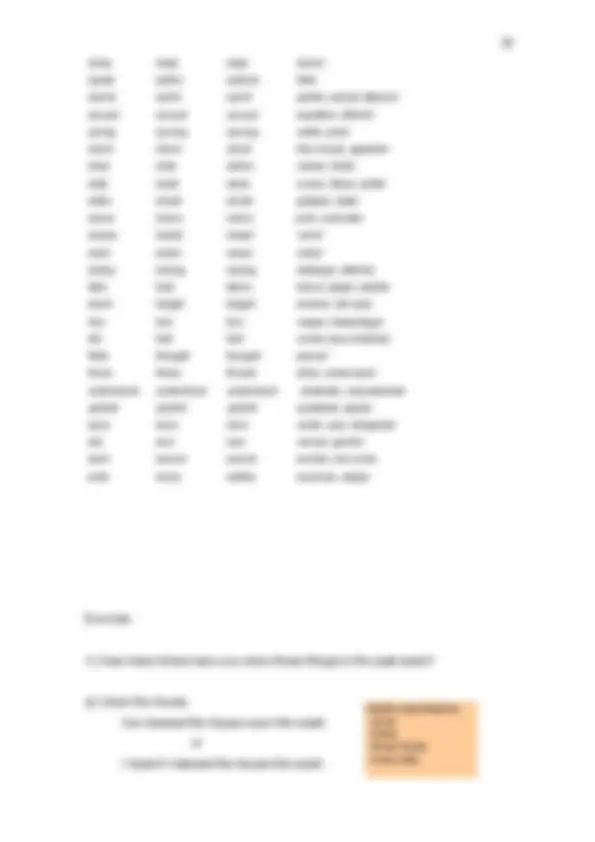
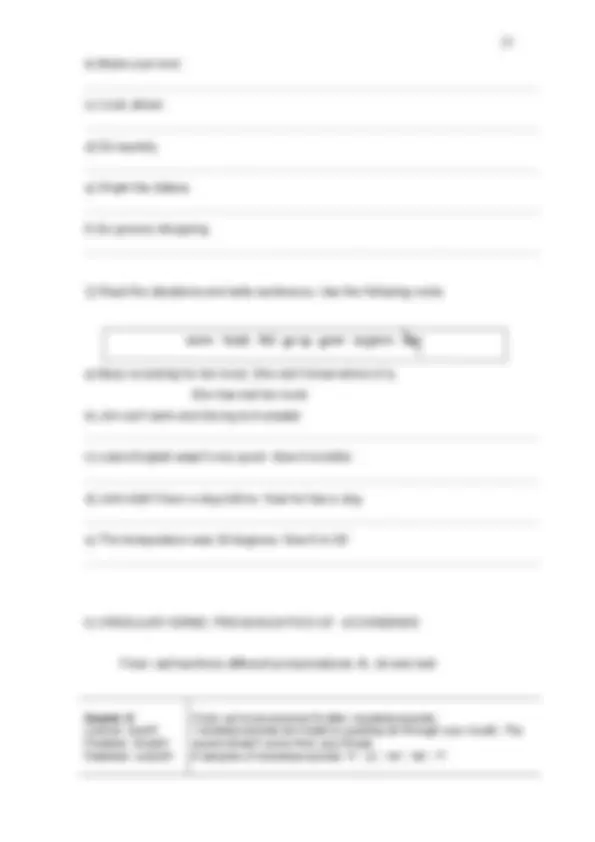
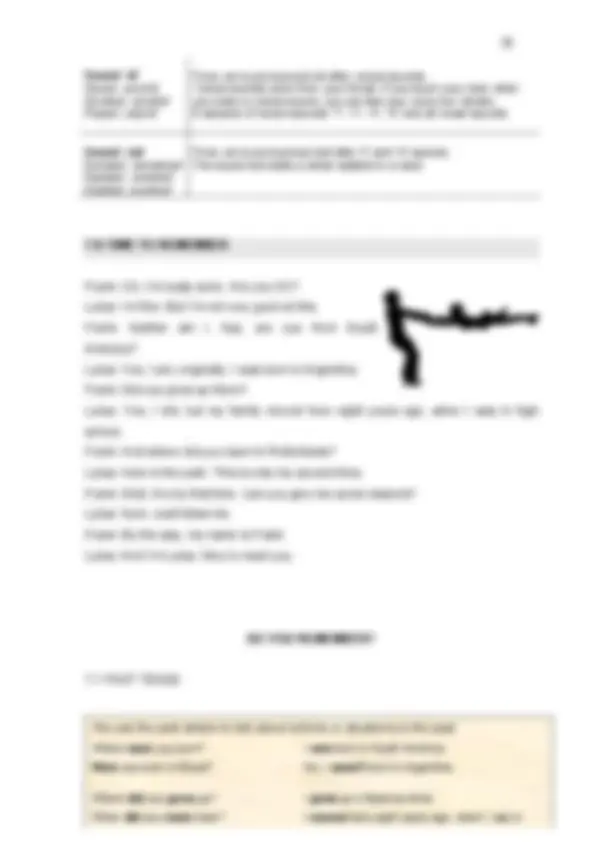
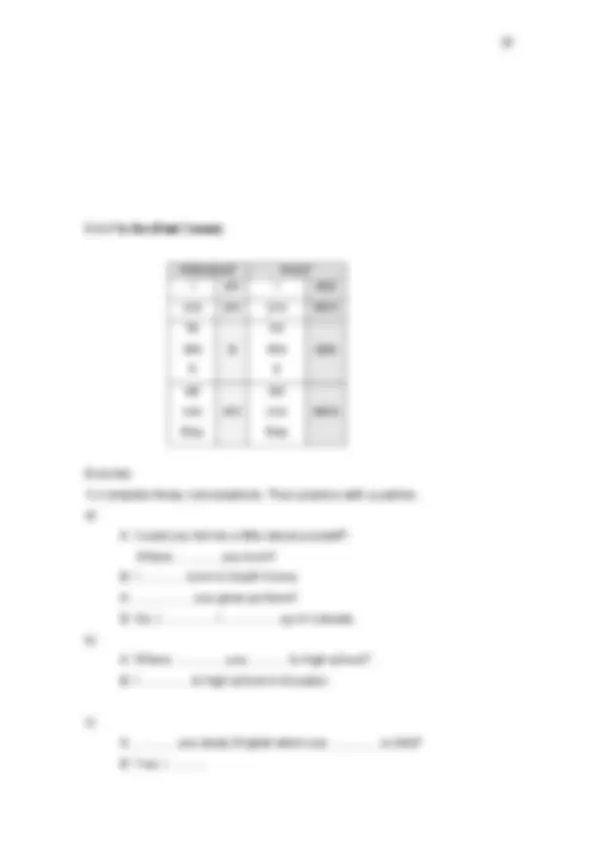
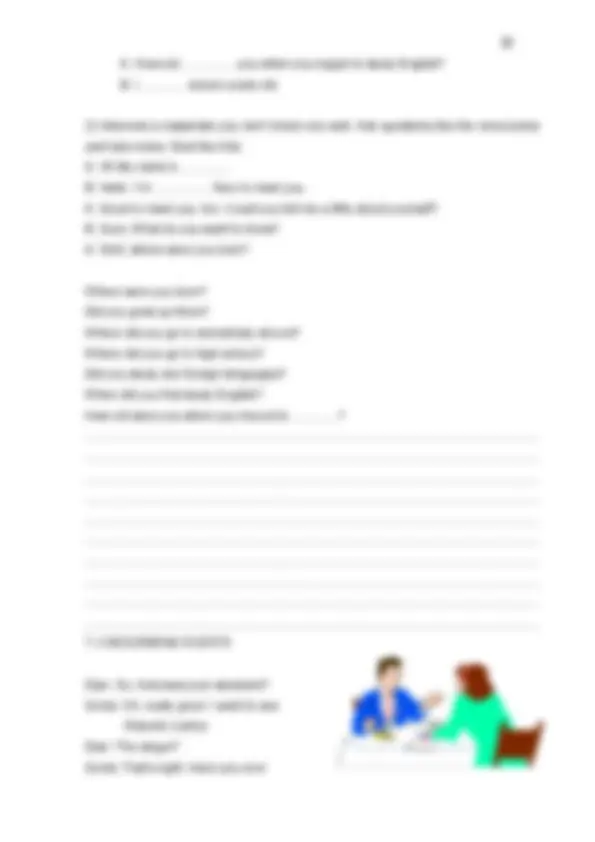
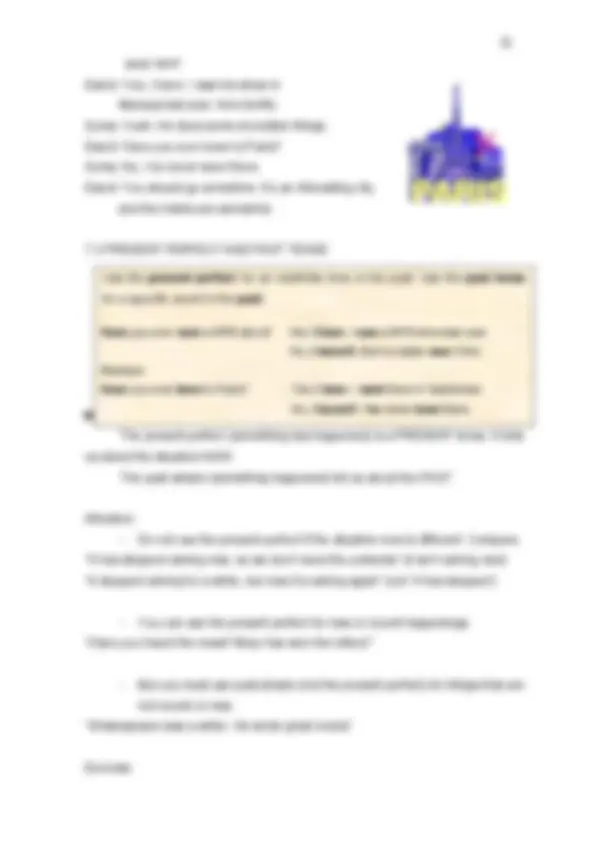
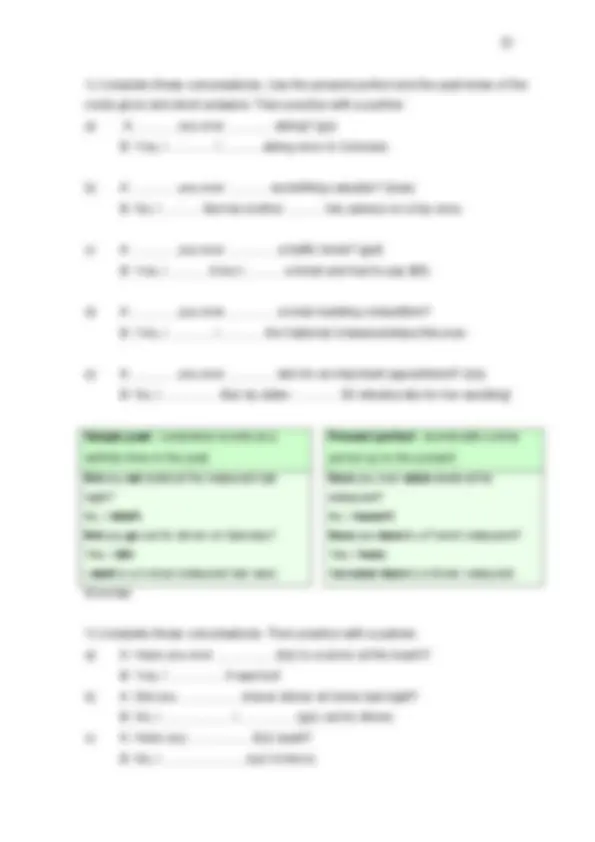
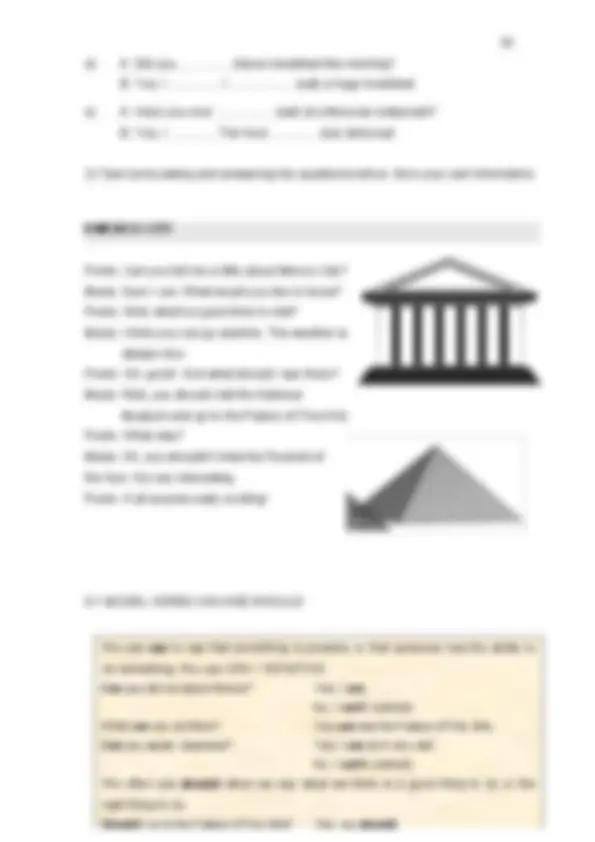
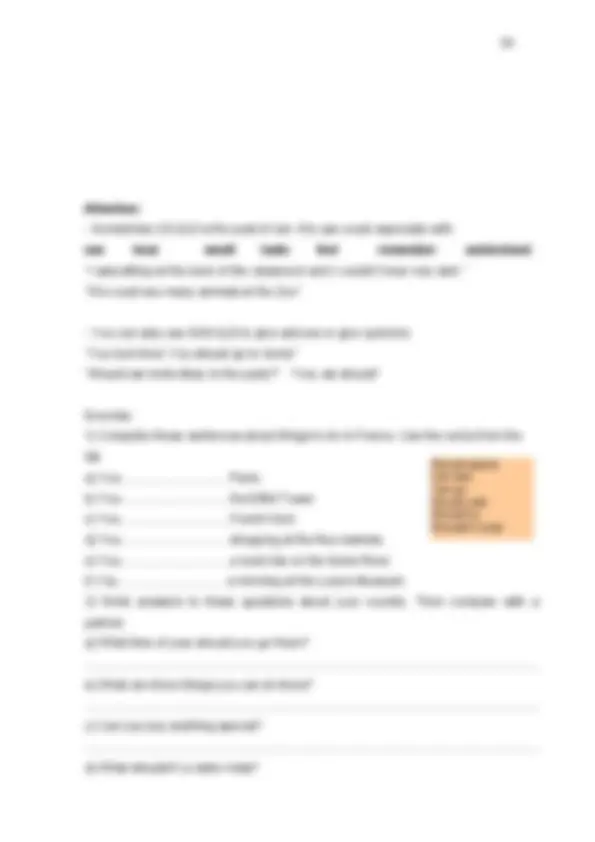
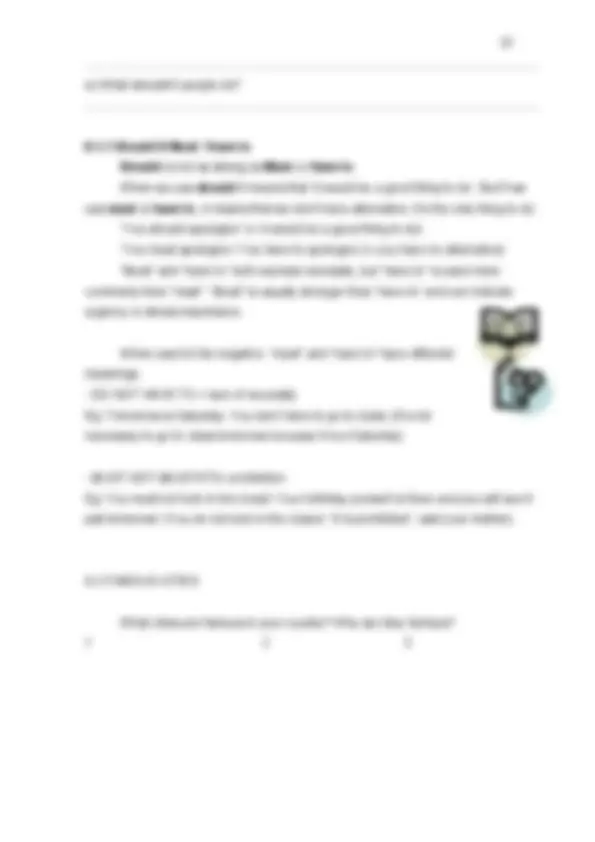
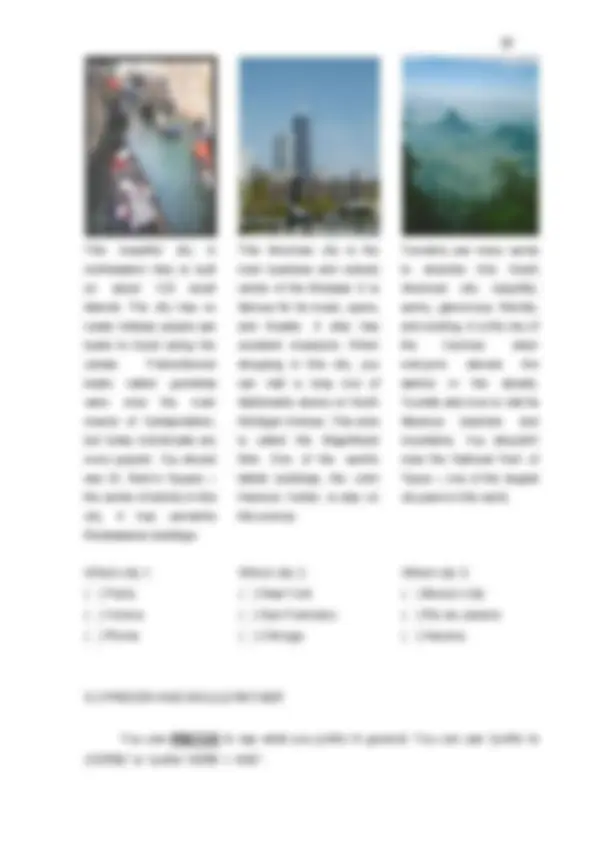
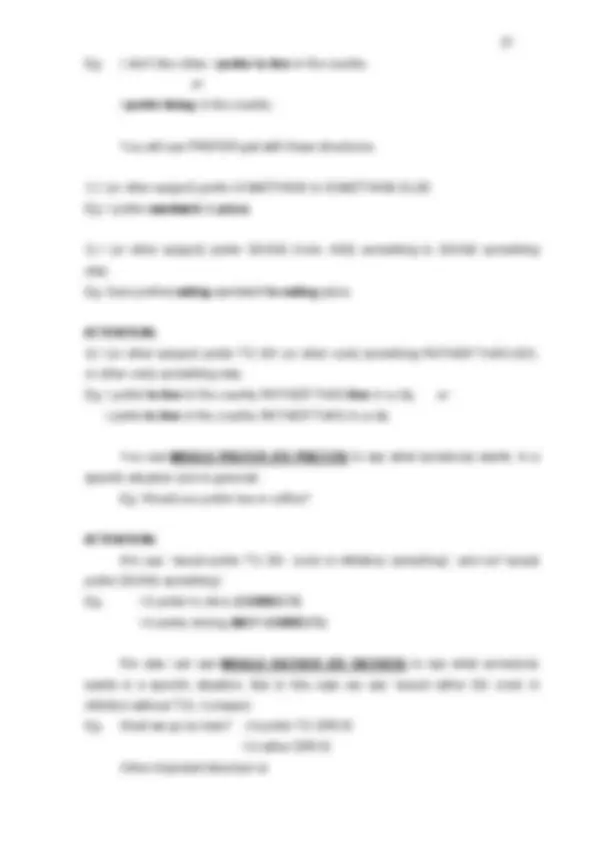
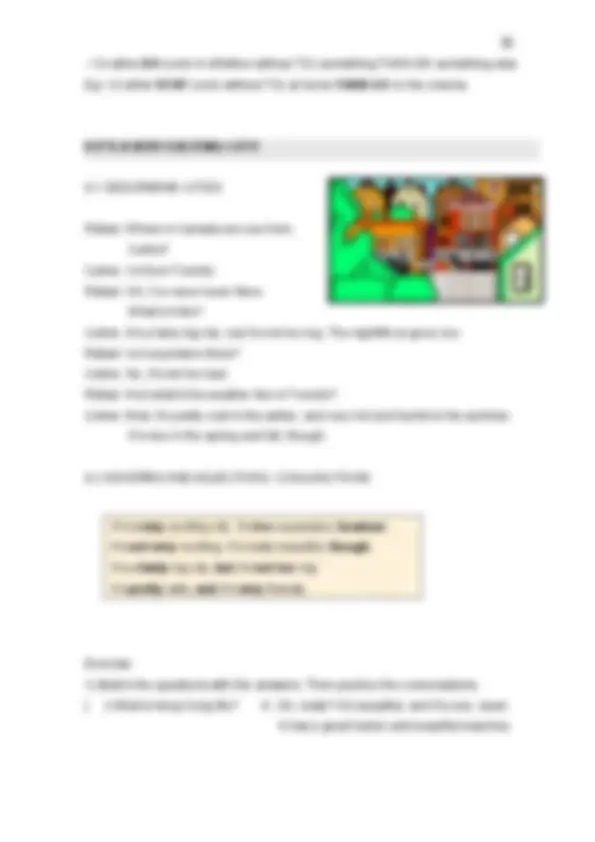
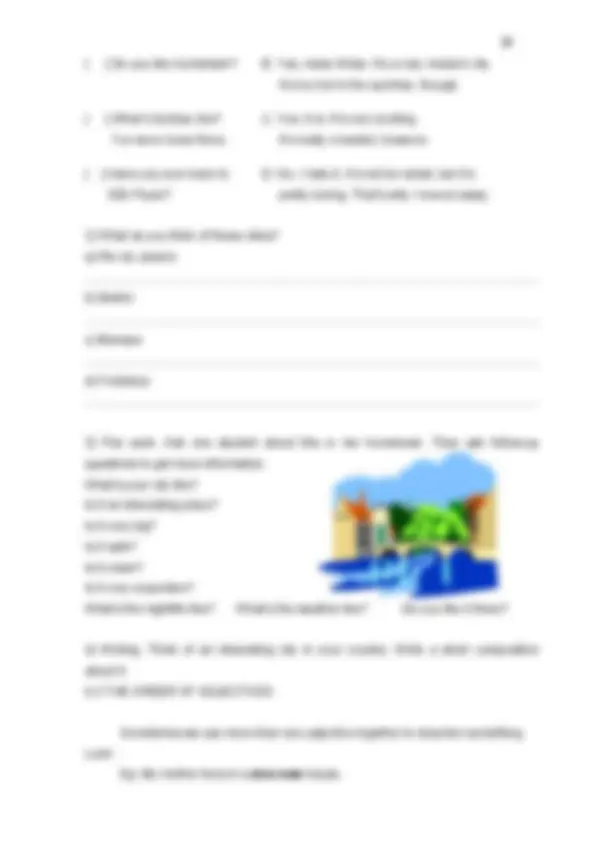
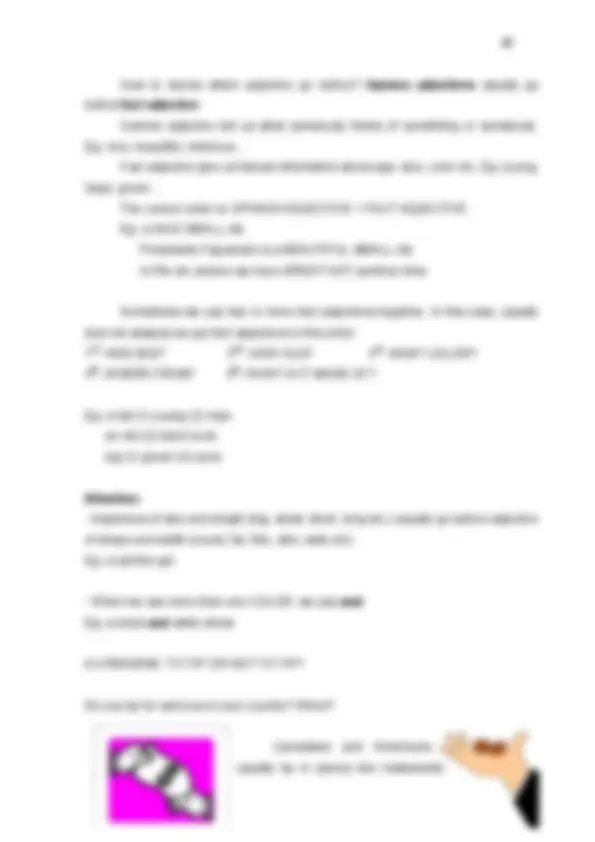
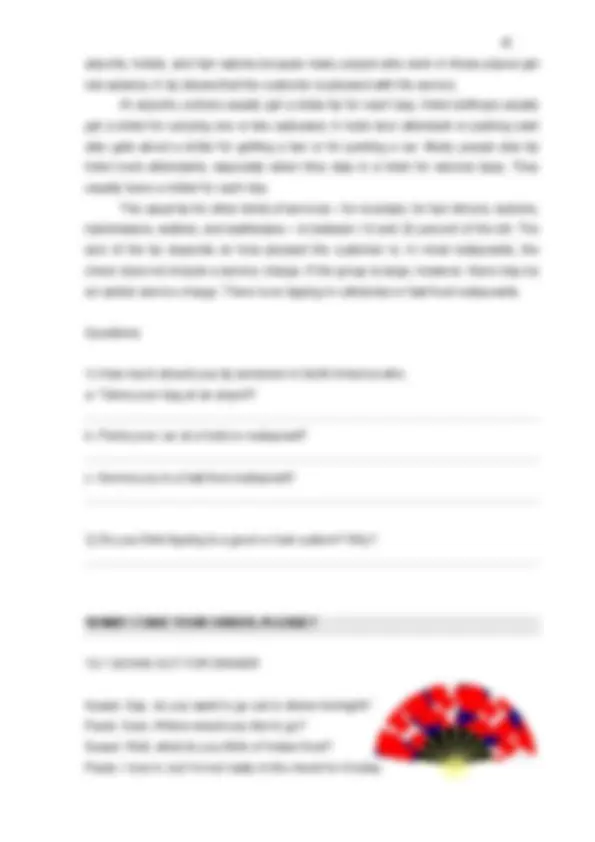
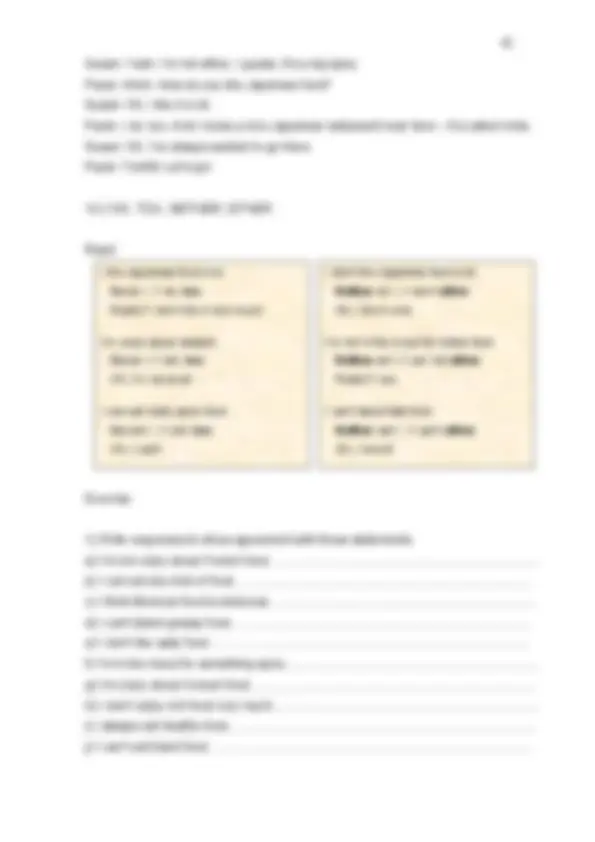
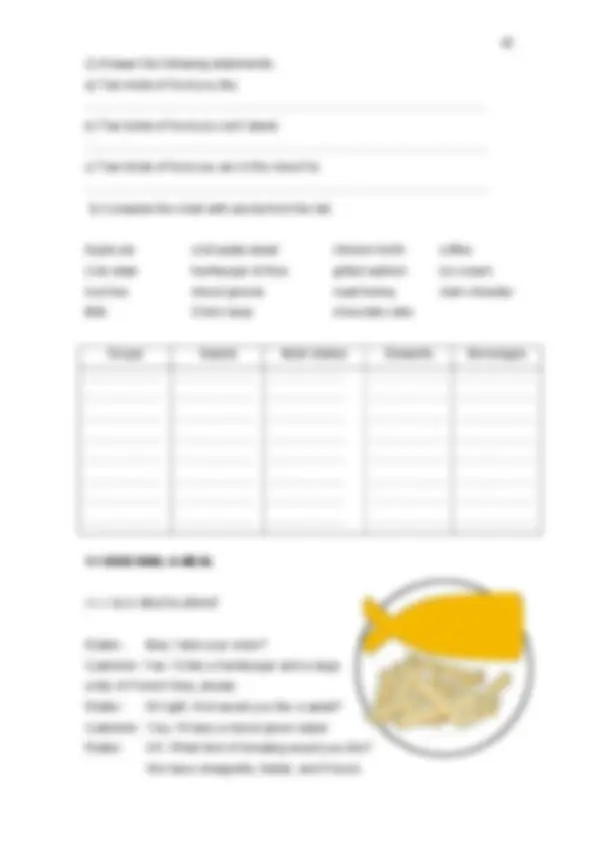
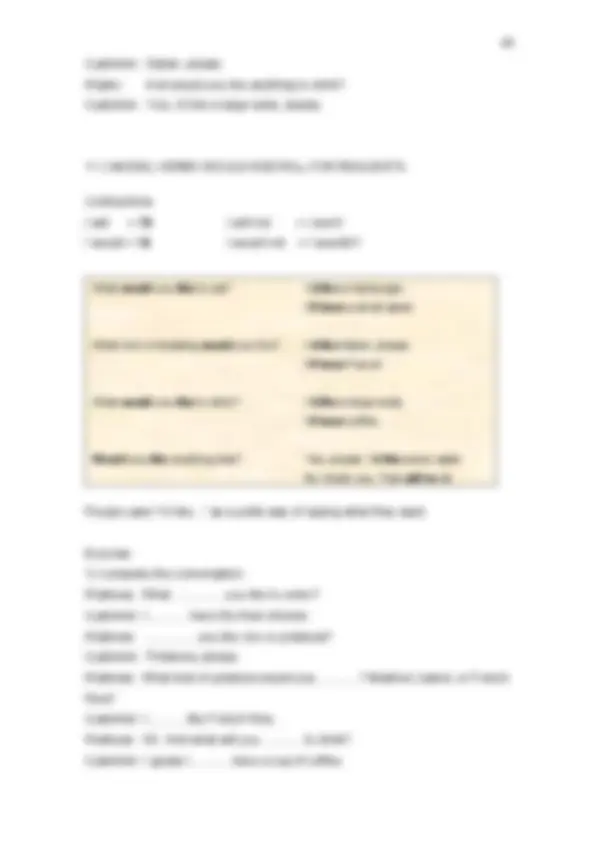
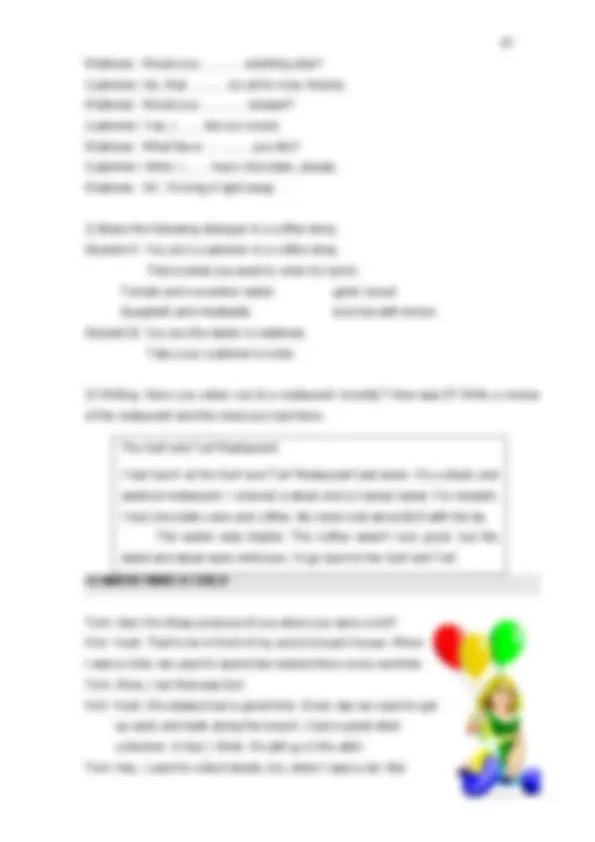
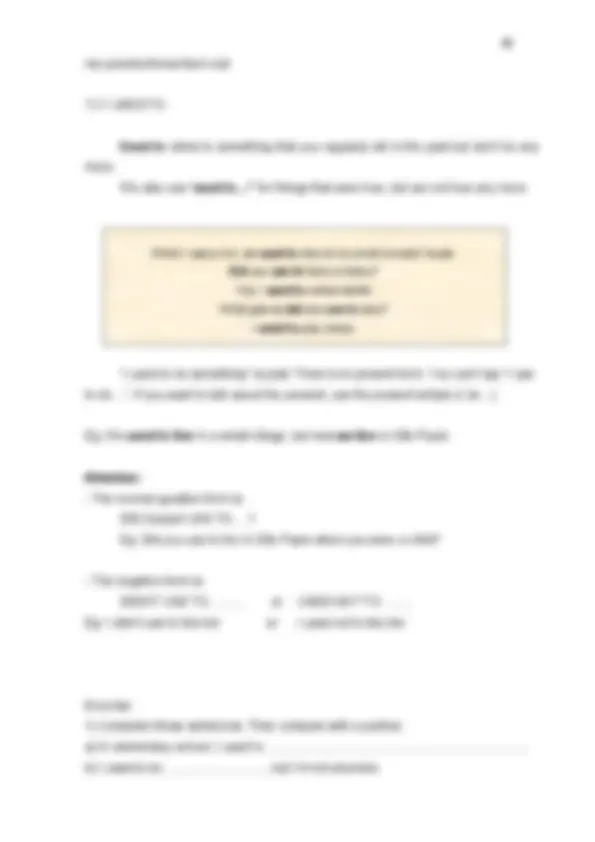
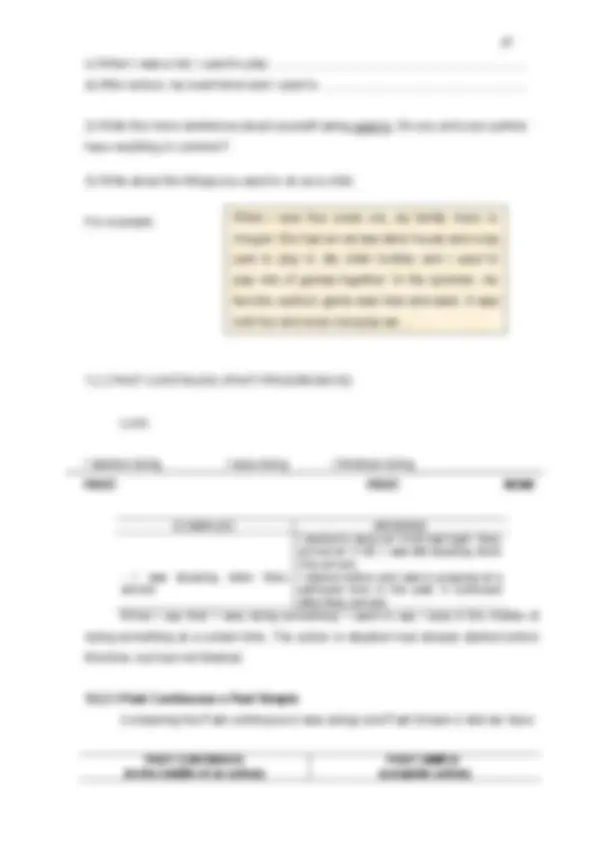
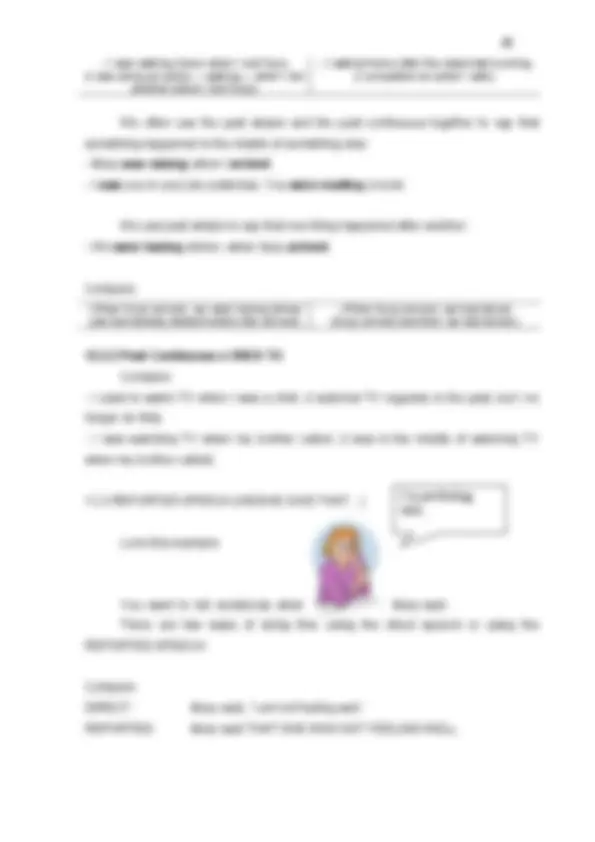
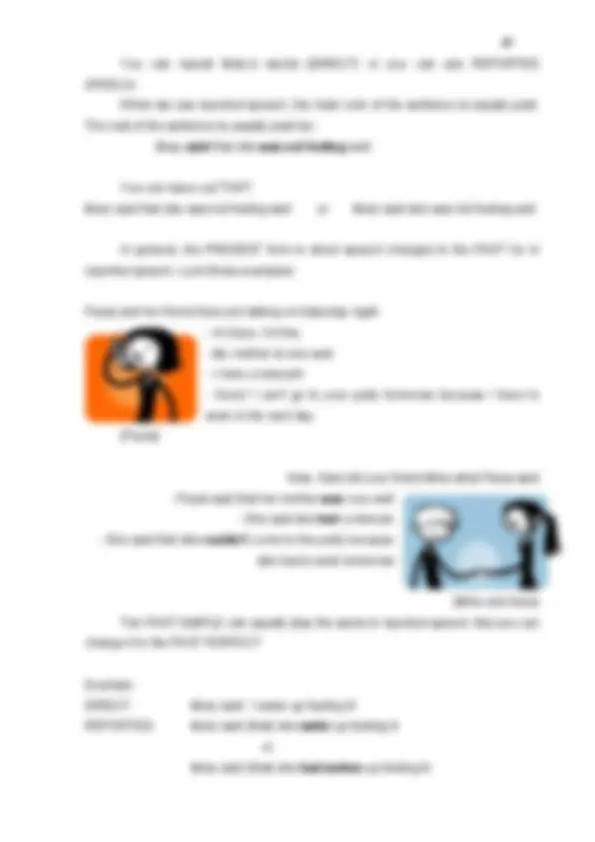
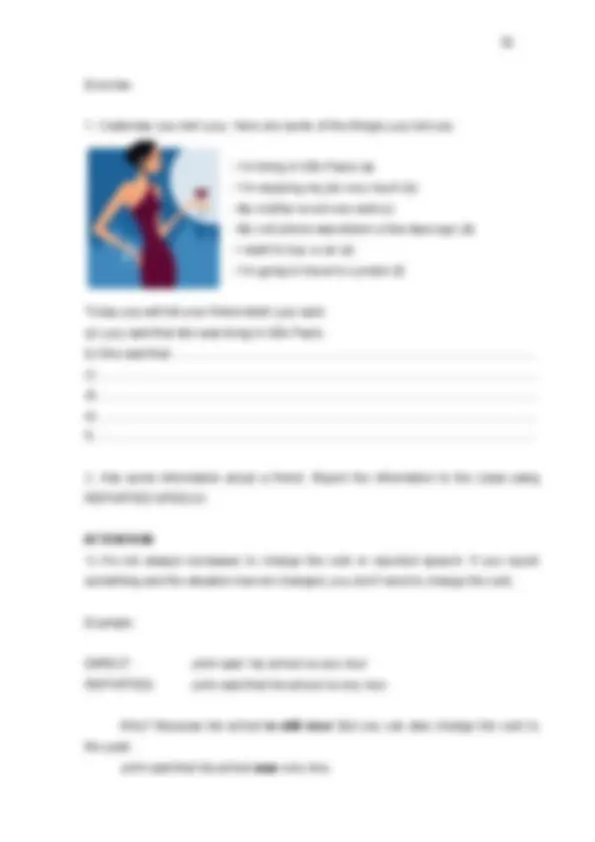

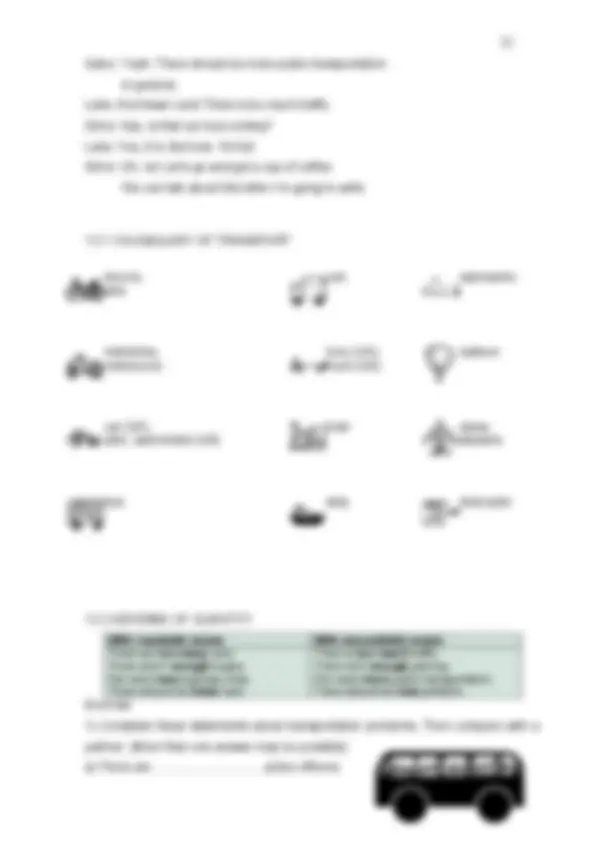
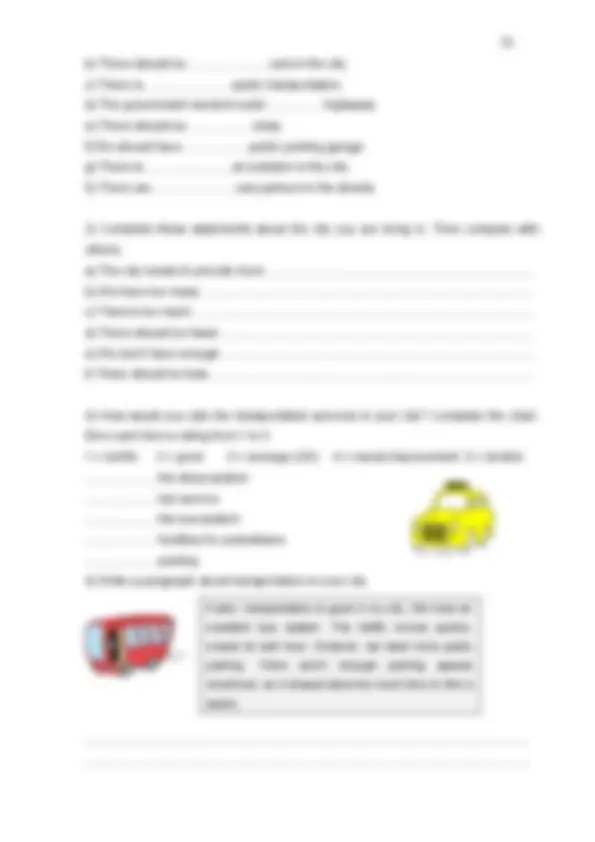
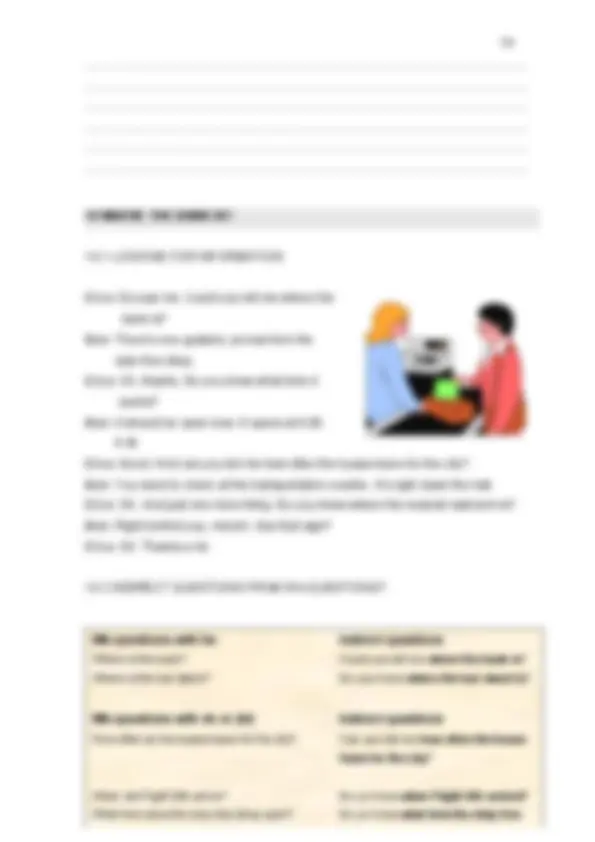
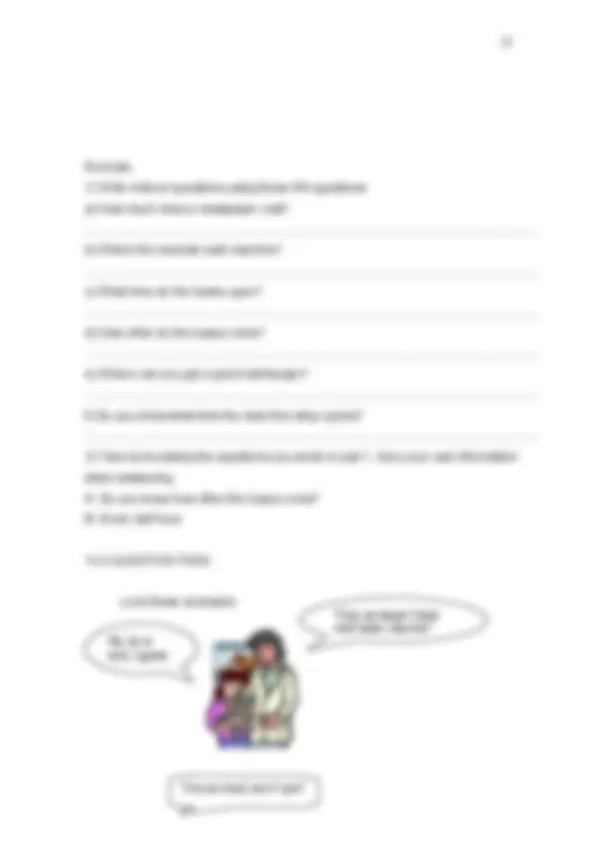
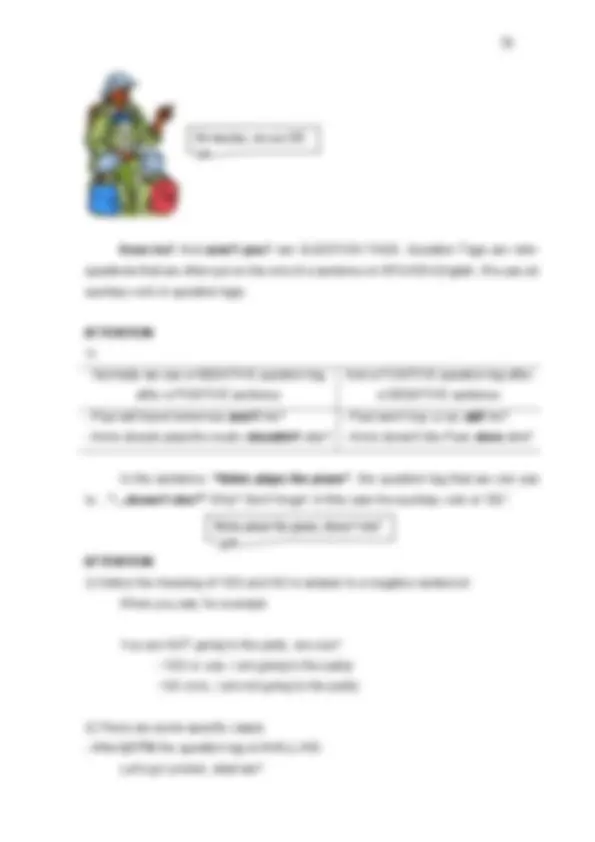
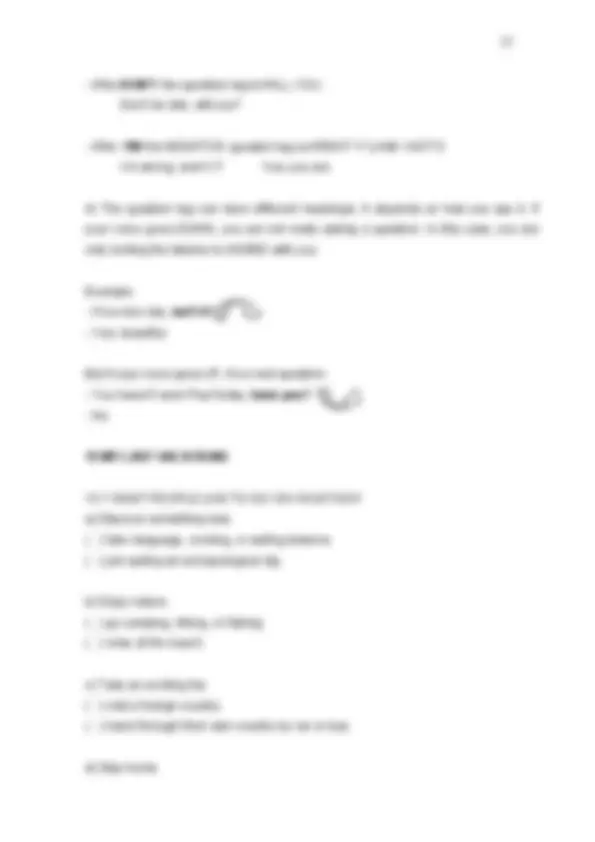
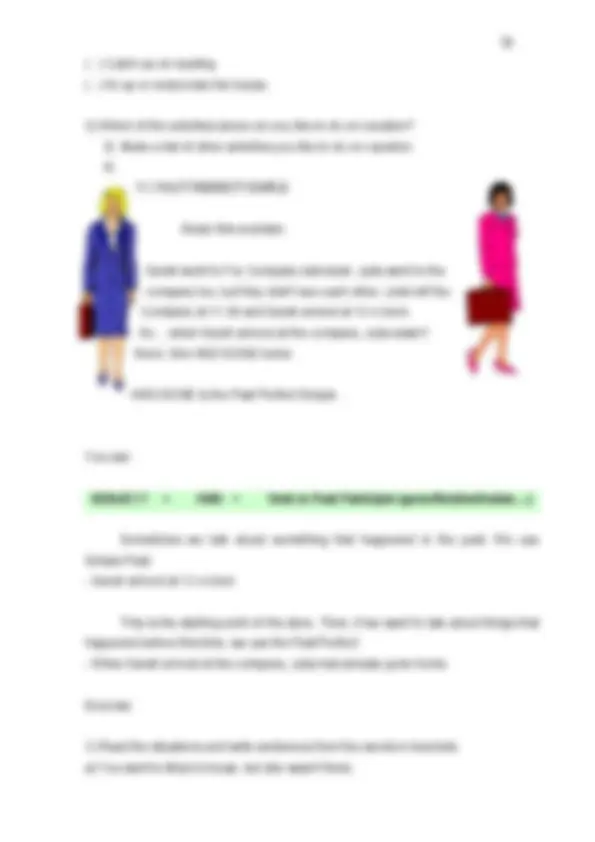
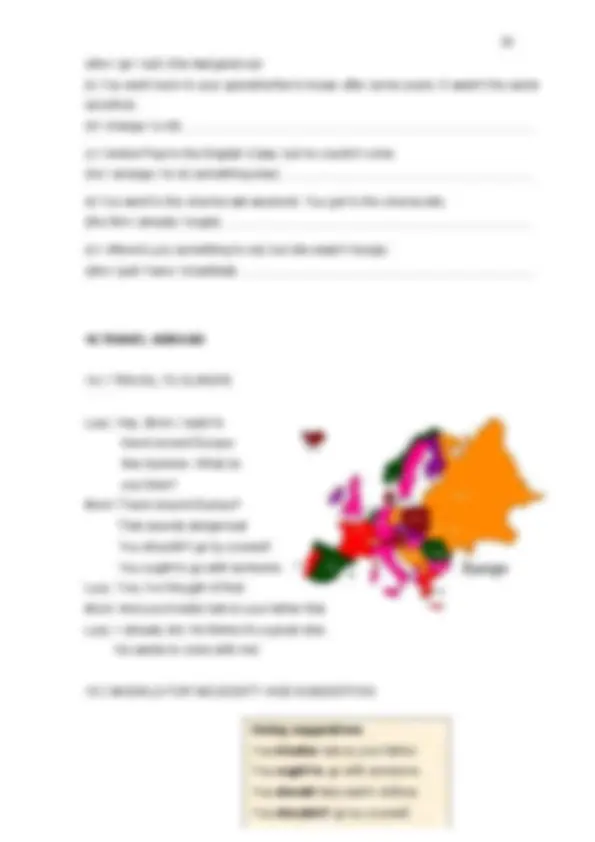
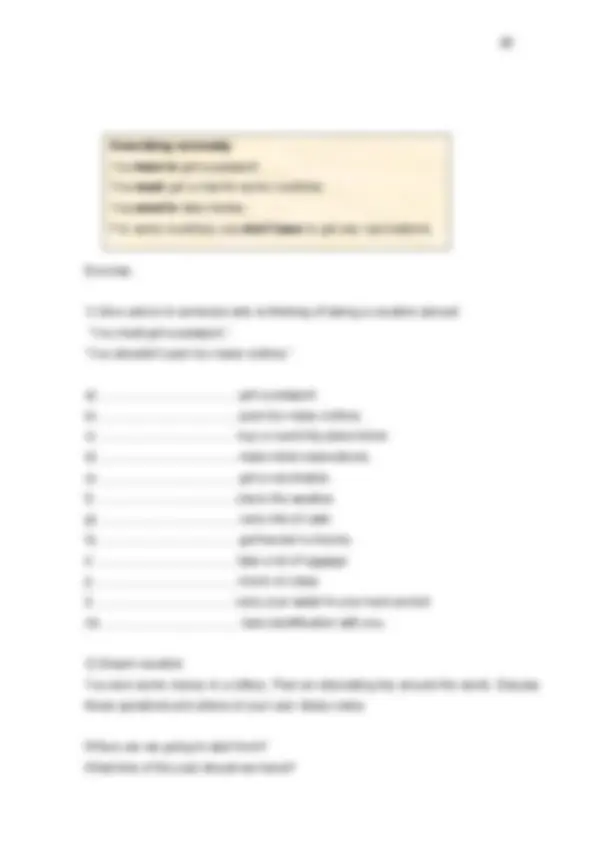
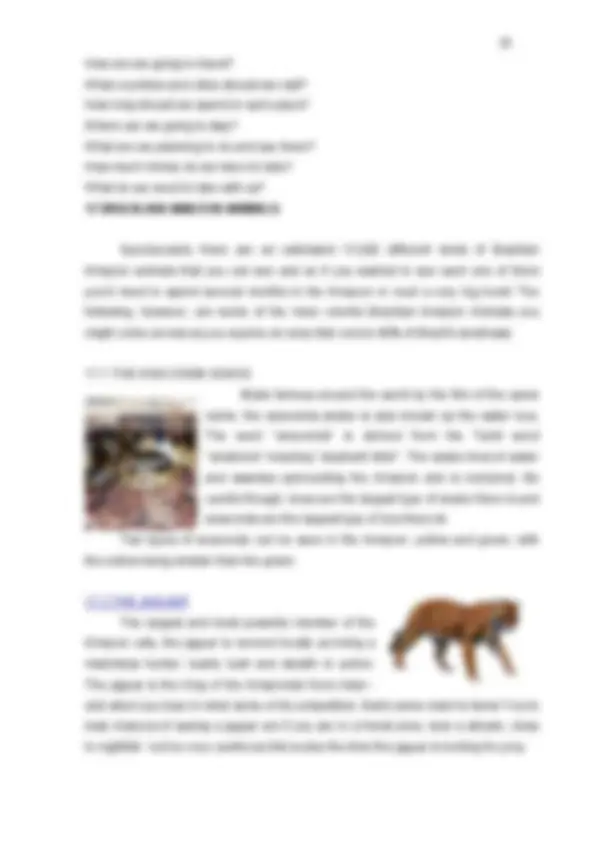
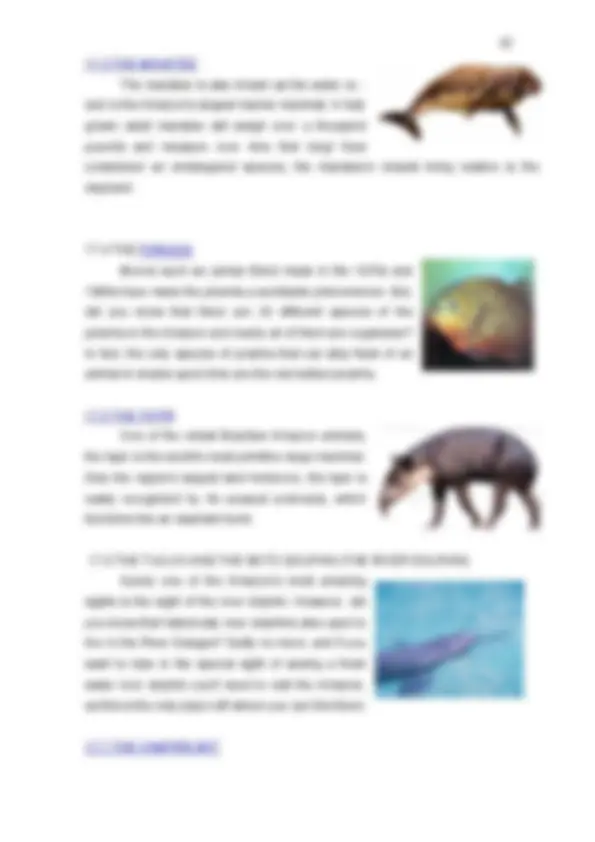
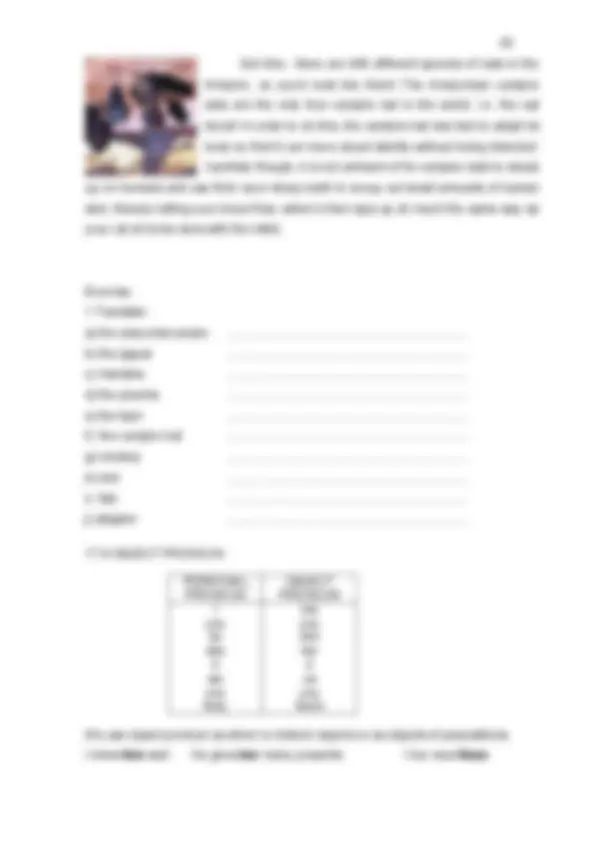
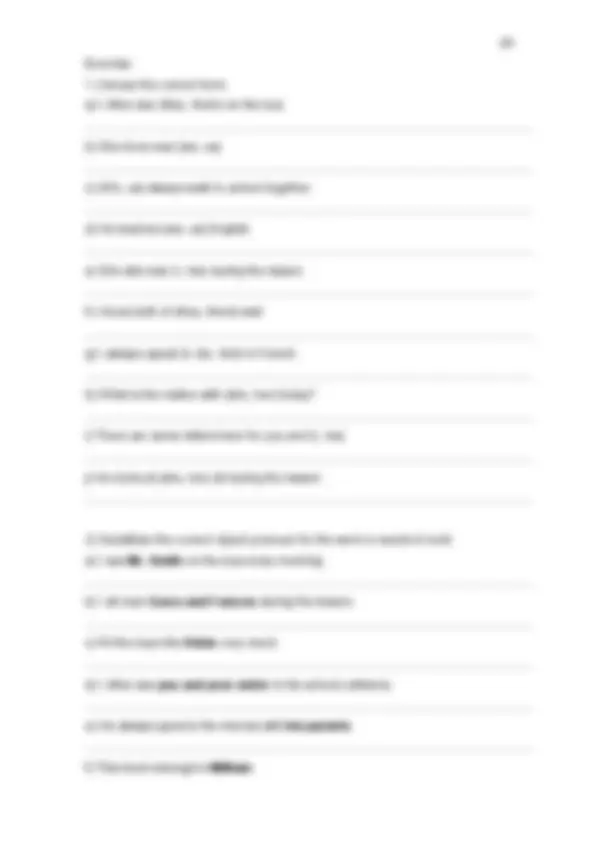
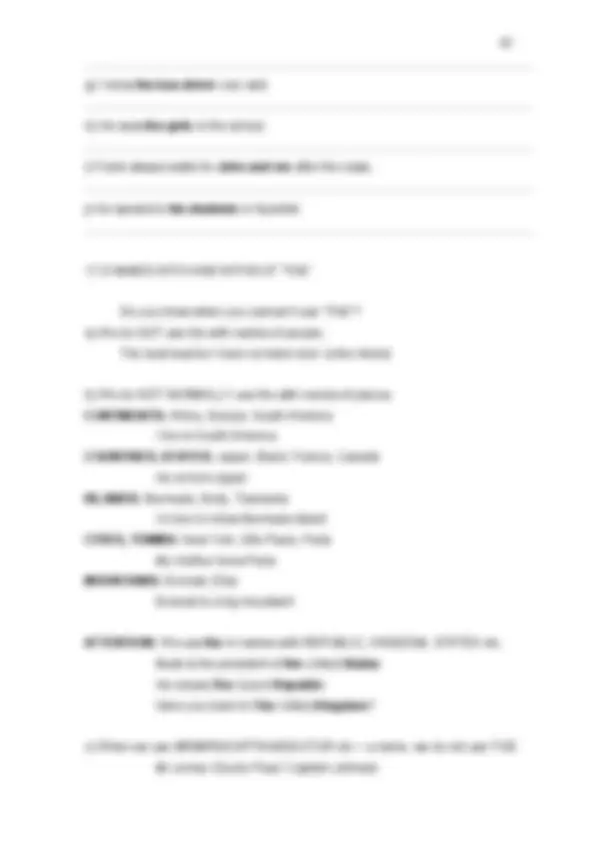
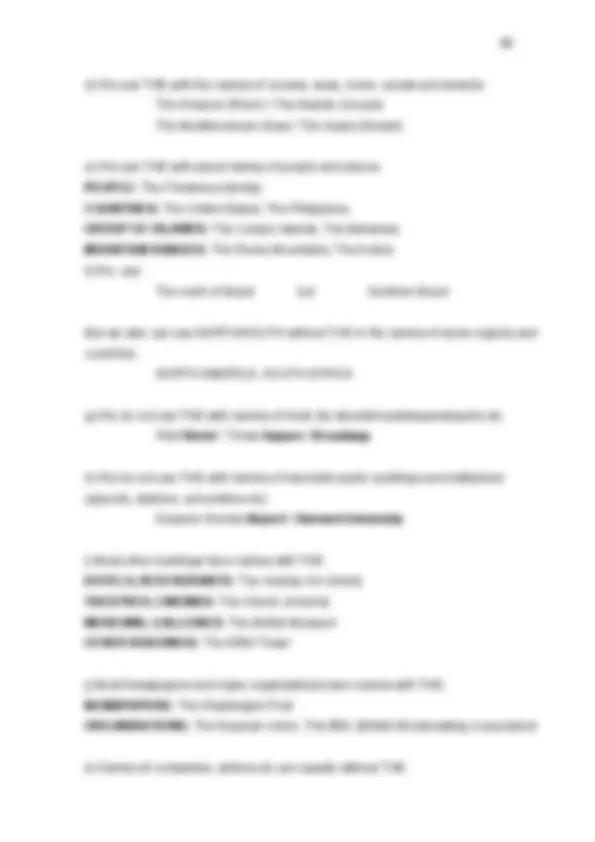
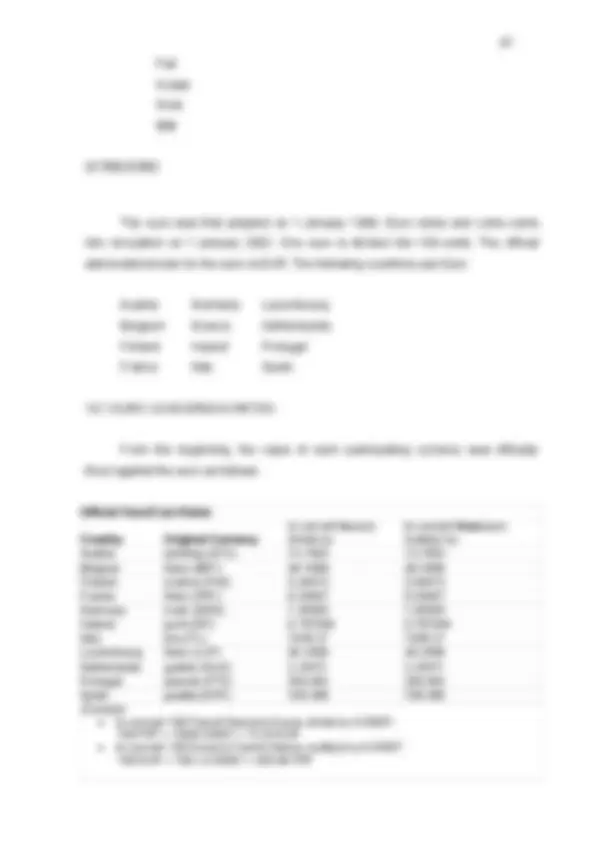
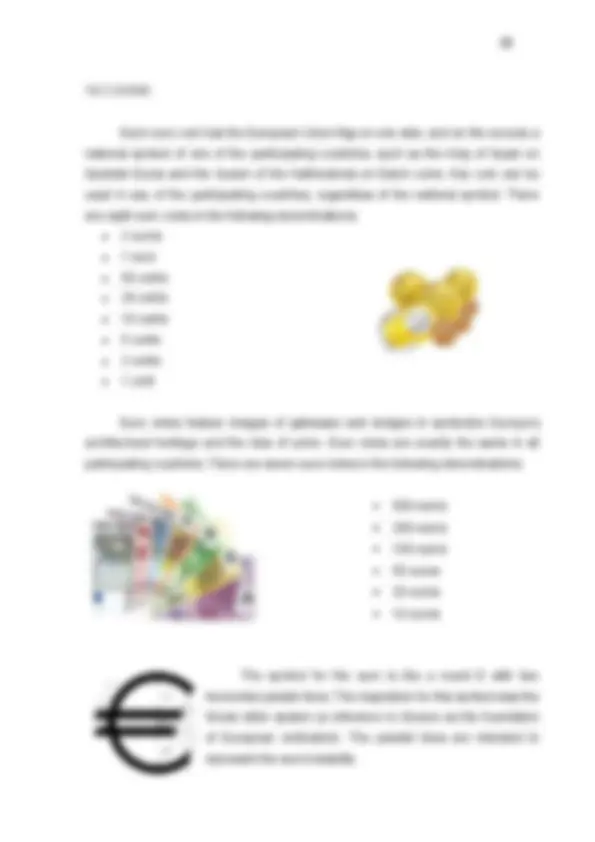
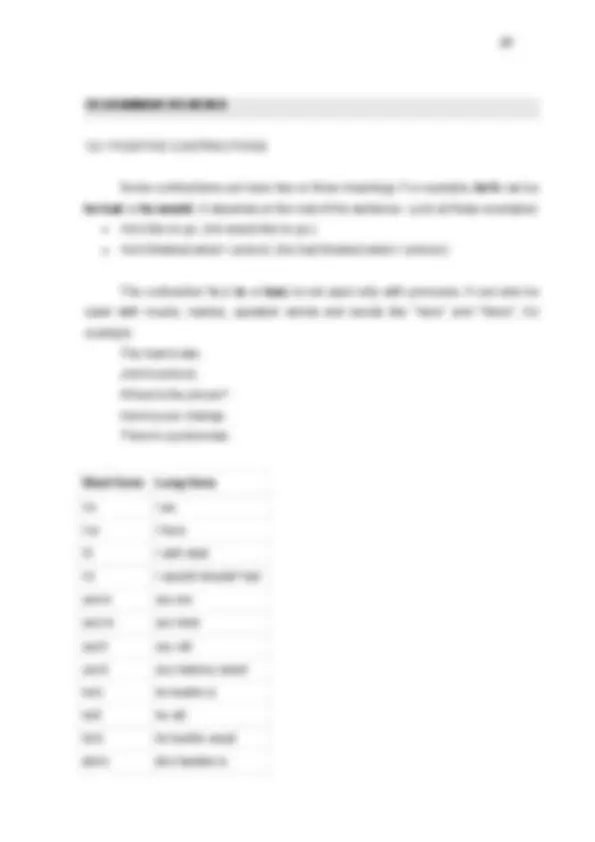
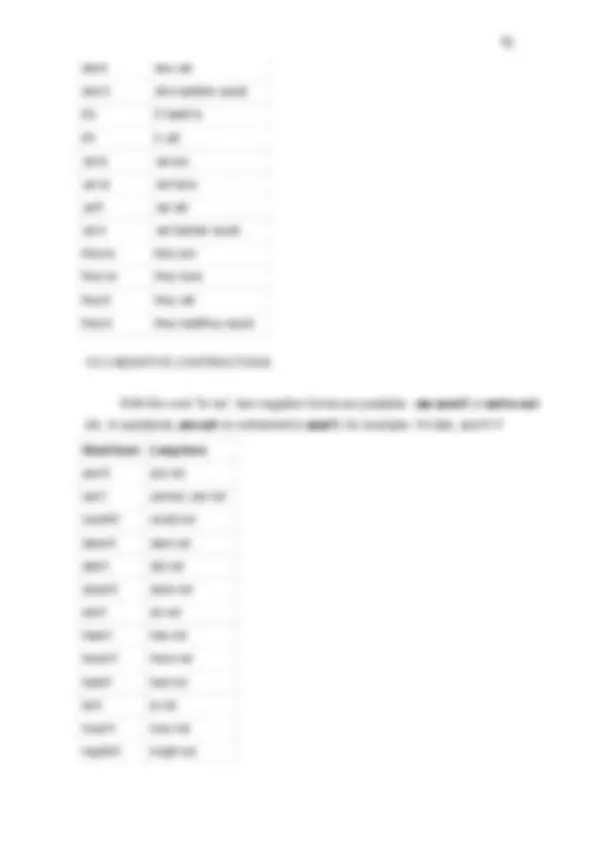
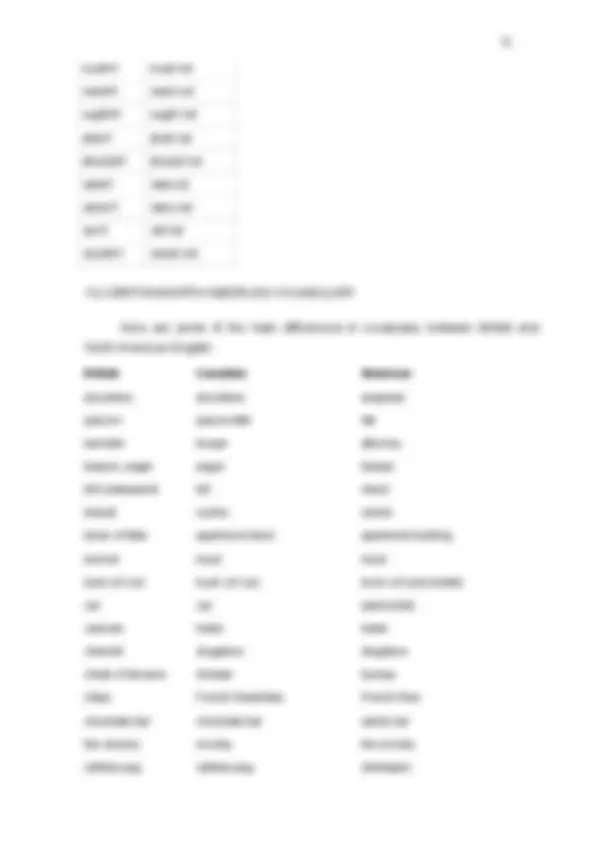
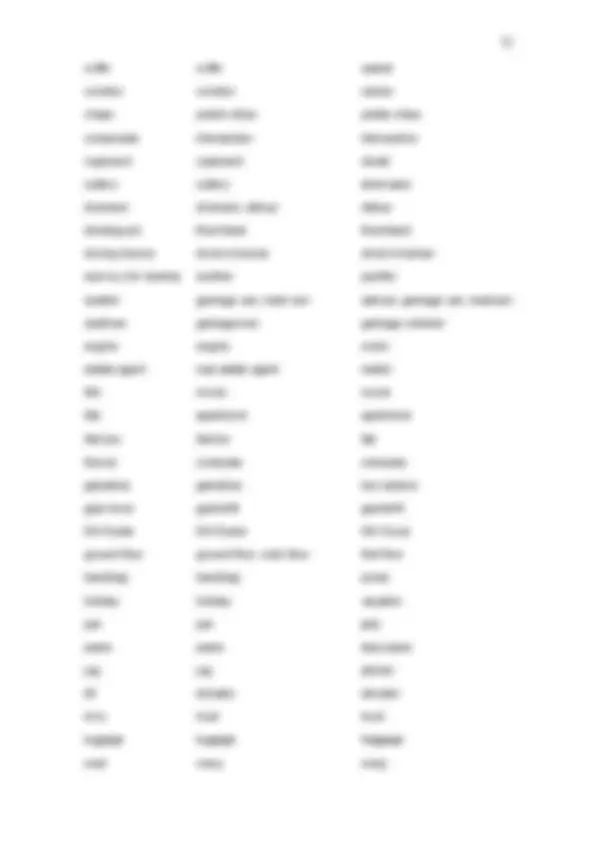
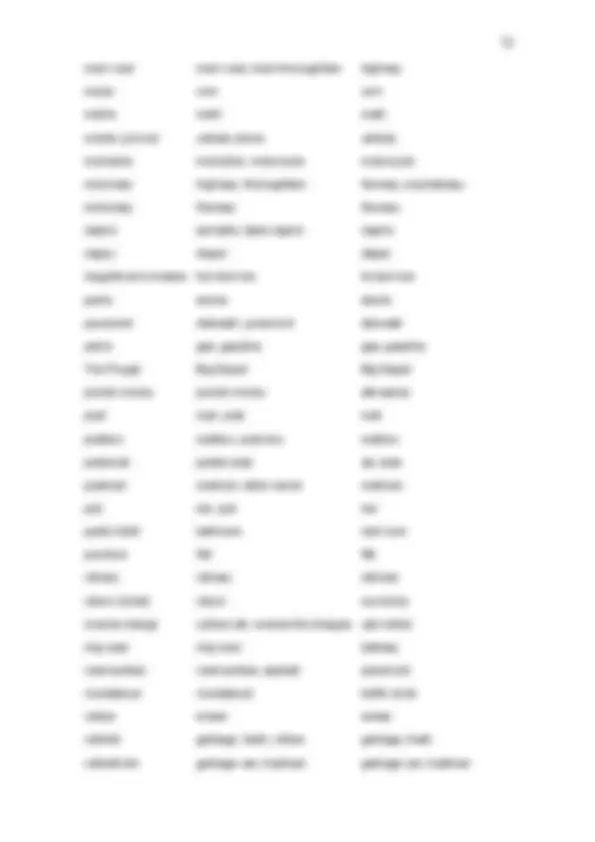
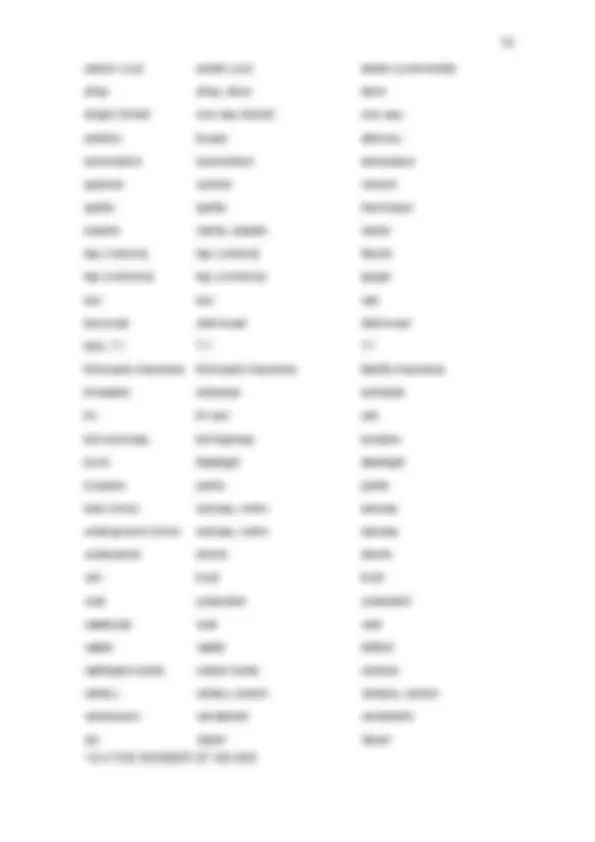
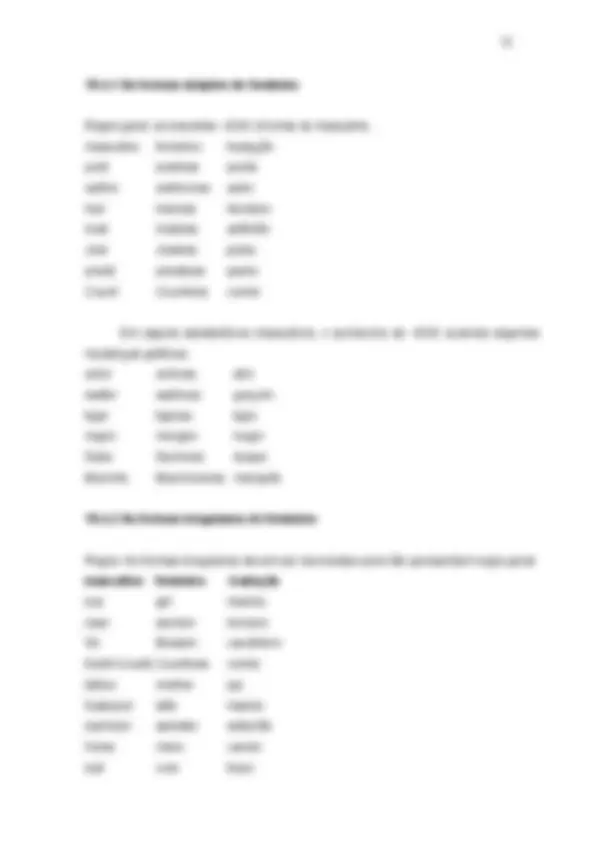
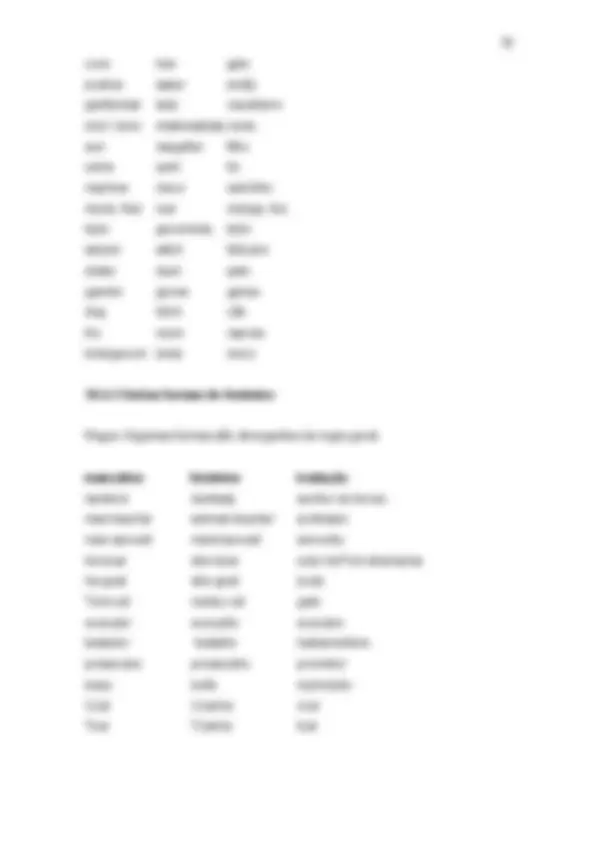
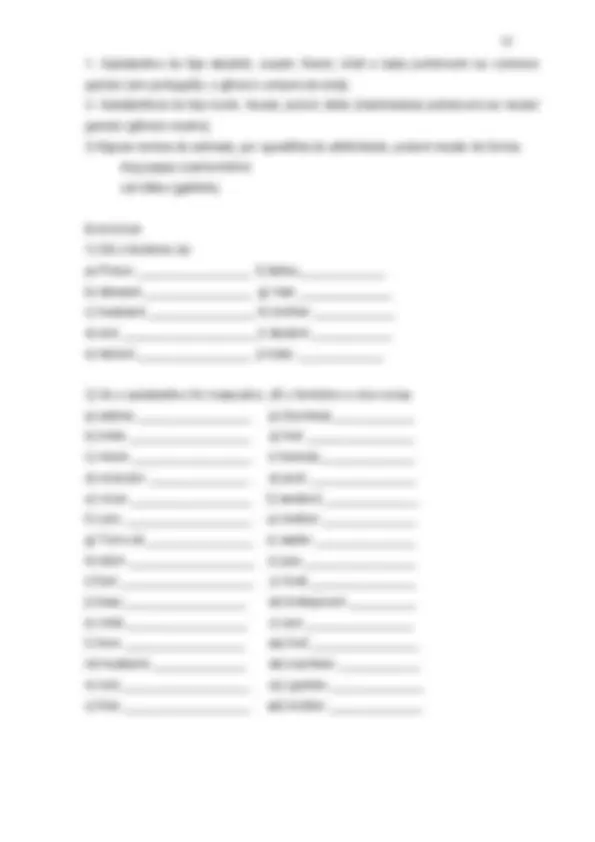
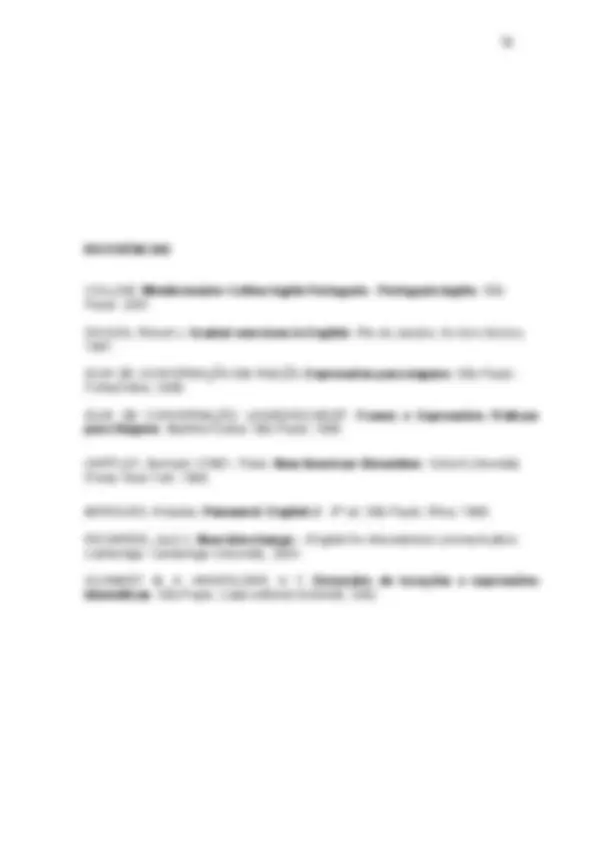


Estude fácil! Tem muito documento disponível na Docsity

Ganhe pontos ajudando outros esrudantes ou compre um plano Premium


Prepare-se para as provas
Estude fácil! Tem muito documento disponível na Docsity
Prepare-se para as provas com trabalhos de outros alunos como você, aqui na Docsity
Os melhores documentos à venda: Trabalhos de alunos formados
Prepare-se com as videoaulas e exercícios resolvidos criados a partir da grade da sua Universidade
Responda perguntas de provas passadas e avalie sua preparação.

Ganhe pontos para baixar
Ganhe pontos ajudando outros esrudantes ou compre um plano Premium
Comunidade
Peça ajuda à comunidade e tire suas dúvidas relacionadas ao estudo
Descubra as melhores universidades em seu país de acordo com os usuários da Docsity
Guias grátis
Baixe gratuitamente nossos guias de estudo, métodos para diminuir a ansiedade, dicas de TCC preparadas pelos professores da Docsity
Curso de Inglês Intermediário. Para pessoas que querem aprender e não tem muito tempo.
Tipologia: Trabalhos
1 / 78

Esta página não é visível na pré-visualização
Não perca as partes importantes!







































































Centro de Educação Tecnológica do Amazonas
Secretaria de Estado de Planejamento e Desenvolvimento Econômico
Why learn English?
Because English is the most important international language in the world. Some facts prove that: English is the international language of air and sea travels, of computing, of pop music, of politics, of science and medicine, sports, TV and films. The world today is a very small place. Communication and travel are extremely quick: think of jet planes, satellite TV, telephones, telex and fax, for example. English is the first language in:
Australia The Bahamas Canada Ireland
United Kingdom Guyana New Zealand United States
And it is the official second language in many other countries like:
India Israel Nigeria South Africa
English is slowly becoming more than one language, because in every country it is spoken there are differences in some vocabulary words in some grammatical structures.
British English and American English: What is different? Let’s see some differences:
.............. (da) ................................. (computação), of pop music, of .......................... (política), of ......................... (ciência) and ........................... (medicina), ......................... (esportes), TV and films.
b) ........... (O) world ................. (hoje) is ........... (um) ................ (muito) .......................... (pequeno) ........................ (lugar). Communication and ................... (viagem) ............... (são) ................................... (extremamente) ...................... (rápidas): ........................ (pense) of ............................... (aviões a jato), satellite TV, telephones, telex and fax, ............. (por) ............................ (exemplo).
c) English ............... (está) ......................... (vagarosamente) ............................... (se tornando) ...................... (mais) .............. (que) ............. (uma) language, because ...........(em) .................. (cada) country ............. (ele) ........... (é) ..................... (falado). ......................... (Há) differences in ................ (algumas) vocabulary ................. (palavras), in some grammatical ............................... (estruturas).
Portuguese American English
British English
1 carro 2 .................. 3 doce 4 gasolina 5 correio 6 .................. 7 fogão 8 metrô 9 ............ 10 apartamento
automobile .................. .................. .................. ................. elevator ................. ................... vacation ...................
car taxi ................... .................. .................. ................. .................. ....................... ...................... .....................
Daniel: Hey! Nice computer! What’s this for? Telma: That’s a modem. It’s used to connect the computer to the phone line, so I can send faxes and access the Internet. Daniel: So you can go on-line and all that? Telma: Yes. And I use the World Wide Web for finding information on astronomy, movies, UFOs – just about anything. Daniel: Sports? Cars? Telma: Uh-huh. And I can exchange information with people, too. I belong to a “chat group” on astronomy. Daniel: Hmm. I just use my computer to write letters and reports. Telma: Why don’t you get on the Internet? It’s not really expensive. Daniel: Maybe I will. It sounds like fun.
2.1 INFINITIVES AND GERUNDS
Infinitives and gerunds can describe a use or a purpose. Infinitives Gerunds A modem is used to connect computers to phones. Computers are often used to write letters. I can use the World Wide Web to find information.
It’s used for connecting computers to phones. They’re often used for writing letters. I can use it for finding information.
Some situations require you to use infinitive. Some situations use gerunds is more appropriate. In other situations you can use both. An infinitive is formed by: TO + BASE VERB Eg: to sing, to drink
A gerund is formed by adding “-ING” to a base verb:
Responda em português, de acordo com o texto. a) O que é hardware? ........................................................................................................................................ ....................................................................................................................................... b) O que é software? ........................................................................................................................................ ....................................................................................................................................... c) Qual dos dois é considerado a alma do computador? ........................................................................................................................................ ....................................................................................................................................... d) Com o que poderia ser comparado um computador sem software? ........................................................................................................................................ ....................................................................................................................................... e) Para que um computador era usado até alguns anos atrás? ........................................................................................................................................ ....................................................................................................................................... f) O que contribuiu para tornar o software mais acessível? ........................................................................................................................................ ....................................................................................................................................... g) Hoje em dia, para que os softwares são usados, além de separar, catalogar e calcular? ........................................................................................................................................ .......................................................................................................................................
Write the name of the following objects used with a computer:
monitor keyboard mouse floppy disc
A résumé tells about your education. It also tells about your work experience and skill. There are many ways of organizing a résumé; choose the format that best showcases your skills and experience. It may be helpful to look for examples on the Internet or in books at your local library or bookstore. Typically, an employer has a very limited amount of time to review your résumé. It is important to make sure it is clear and concise, and highlights your skills and experiences effectively through the use of formatting, ordering, and headings. Do not omit any requested information and make sure that the information you provide is correct.
3.1 WHAT USUALLY GOES INTO A RÉSUMÉ
Idioms: British – inglês French – francês Portuguese - português Spanish - espanhol Italian - italiano German – alemão Mandarin – chinês Japanese - japonês
School: Kindergarten school – escola de jardim de infância Primary school (Brit) – escola primária Elementary school (US) – escola primária High School (US) – escola secundária Secondary (Brit) – escola secundária Language school – escola de línguas Private school – escola particular State school (Brit) – escola pública Public school (US) – escola pública College – faculdade University - universidade
Career::
How do people introduce themselves in your country? Do you shake hands? Bow? Do you use first names? Family names? In U.S.A. and Canada, it is polite to:
4 WHAT DOES HE LOOK LIKE?
4.1 DESCRIBING SOMEONE Clerk: Good afternoon. Can I help you? Jean: Yes, I’m looking for someone. His name is Paul Taylor. I’m afraid I missed him. Clerk: Well, what does he look like? Jean: Let’s see. He’s about 35, I guess. He’s pretty tall, with red hair. Clerk: Oh, are you Jean Taylor? Jean: Yes, that’s right! Clerk: He asked for you a few minutes ago. I think he’s in the restaurant. Jean: Thanks. I’ll go and look for him.
4.1.1 Appearance Height
Age short
medium tall height
General appearance What does he look like? He’s pretty tall, with red hair. Does he wear glasses? Yes, he does. Does he have a mustache? No, he doesn’t.
Hair What color is her hair? Light brown. She has dark brown hair. How long is her hair? It’s medium length.
Age How old is he? He’s about 25. He’s in his twenties.
Height How tall is she? She’s fairly short. She’s 152 cm (five feet)
Exercise
Sarah: Hi, Raoul! Good to see you! Where’s Margaret? Raoul: Oh, she couldn’t make it.
She went to a concert with Alex. Sarah: Oh! Well, why don’t you go and talk to Judy? She doesn’t know anyone here. Raoul: Judy? Which one is she? Is she the woman wearing glasses over there? Sarah: No, she’s the tall one in jeans. She’s standing near the window. Raoul: Oh, I’d like to meet her.
4.3.1 Modifiers with participles and prepositions
Exercise
The present perfect is formed with the verb HAVE + THE PAST PARTICIPLE form of a verb. Participles Who’s Raoul? He’s the man wearing glasses. Which one is Raoul? He’s the one talking to Sarah.
Prepositions Who’s Sarah? She’s the woman with the short black hair. Which one is Judy? She’s the tall one in jeans. Who are the Smiths? They’re the people next to the window. Which ones are the Smiths? They’re the ones on the couch.
coat trousers (UK) pants (US)
hat
casual jacket jacket
shorts cap
sports jacket jacket
dress tie necktie
jumper skirt bow tie
shirt pants panties
socks
tee-shirt bra brassiere
shoes
waistcoat dressing gown trainers
Look the diagram below. It will be used in the tense description:
Now
past future
THE SIMPLE TENSES TENSE EXAMPLES MEANING
Simple Present - Mary studies every day
In general, the simple present express situations that exist usually, always, habitually. These situations exist now, have existed in the past and probably will exist in the future.
Simple Past - Mary studied last night
At one particular time in the past, the situation happened. In began and ended in the past. We know when the situation happened: last night, yesterday, last morning, etc.
Simple Future - Mary will study tomorrow
At one particular time in the future, the situation will happen. We use “will” or “TO BE + going to + VERB”
These 3 tenses you have learned in the first level. Do you remember?
Affirmative form
Contracted form
Negative form
Contracted form
Interrogative form I am You are He is She is It is We are
I’m You’re He’s She’s It’s We’re
I am not You are not He is not She is not It is not We are not
I’m not You’re not He’s not She’s not It’s not We’re not
You aren’t He isn’t She isn’t It isn’t We aren’t
Am I? Are you? Is he? Is she? Is it? Are we?
x x x x x x x x x x x
x
x
Use will + verb with maybe, probably, I guess, or I think to talk about possible plans before you’ve made a decision.
Where are you going to go? I’m going to go to the beach.
I’m not going to take a vacation.
I’m not sure. Maybe I’ll catch up on my reading. I probably won’t take a vacation this year.
What are you going to do? I’m going to do lots of swimming. I guess I’ll just stay home. I don’t know. I think I’ll go camping.
Exercise
B: I’m not sure. I ........... probably leave around the end of May. A: And where ............ you .......................... go? B: I haven’t thought about that yet. I guess I .............. go to one of the national parks. A: That sounds like fun. B: Yeah. Maybe I ............... go hiking and do some fishing. A: ............... you ........................ rent a camper? B: I’m not sure. Actually, I probably .................. rent a camper – it’s too expensive. A: ................ you ........................ go with anyone? B: No. I need some time alone. I...... ................ travel by myself.
Have you thought about your next vacation? Write answers to these questions. (If you already have plans, use be going to. If you don’t have fixed plans, use will.) a) How are you going to spend your next vacation? Are you going to go anywhere? ........................................................................................................................................ b) When are you going to take your vacation? ........................................................................................................................................ c) How long are you going to be on vacation? ........................................................................................................................................ d) What are you going to do? ........................................................................................................................................ e) Is anyone going to travel with you? ........................................................................................................................................
Writing. Write about the trip you are going to take.
In the first level, we studied Present Continues Tense. Do you remember? PRESENT CONTINUOS TENSE EXAMPLES MEANING
Present Continuous
It is now 11:00. Mary started to study at 10:00, and she is still studying at this moment. Her study began in the past, is in progress at the present time and probably will
Next summer, I’m going to travel to Indonesia with my family. We’re going to visit Borobodur in Central Java. It’s one of the biggest temples in the world. And we’ll probably visit several other temples nearby ...